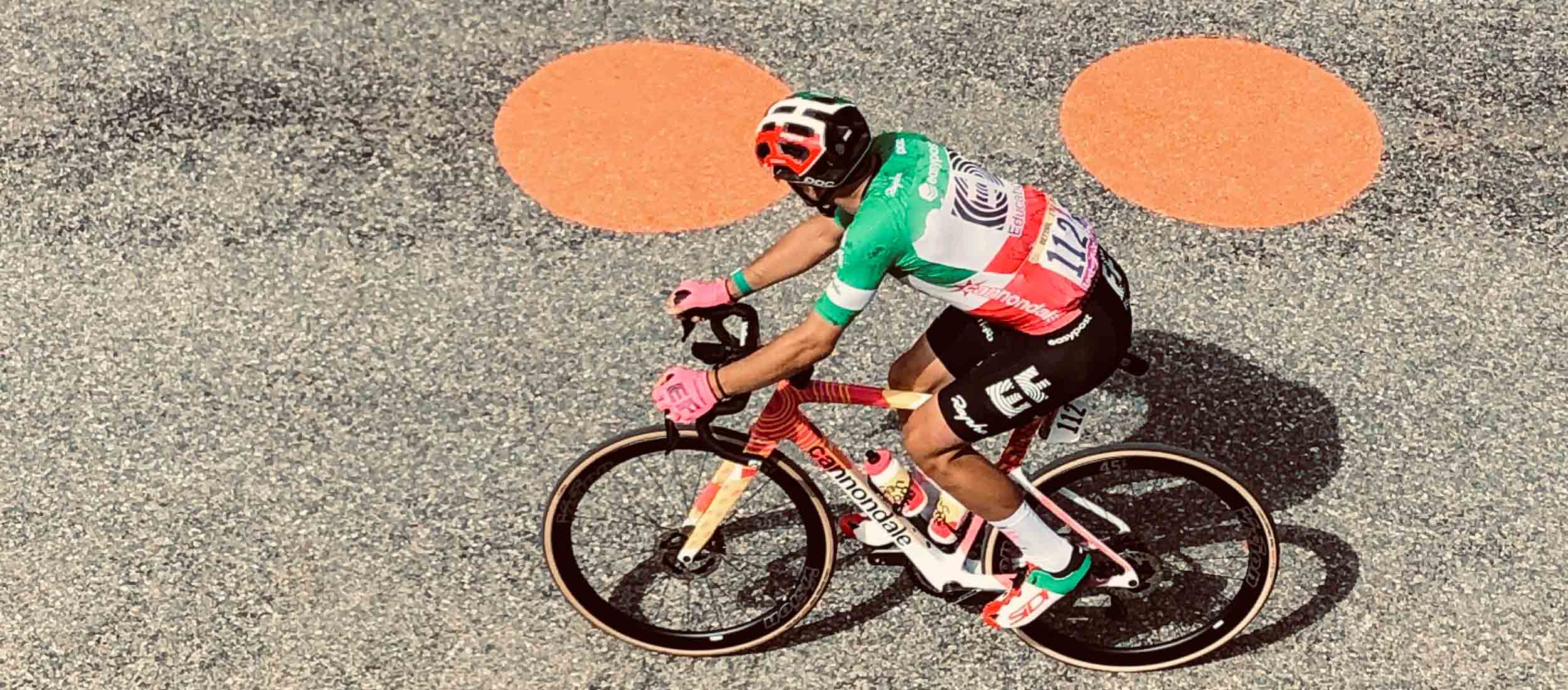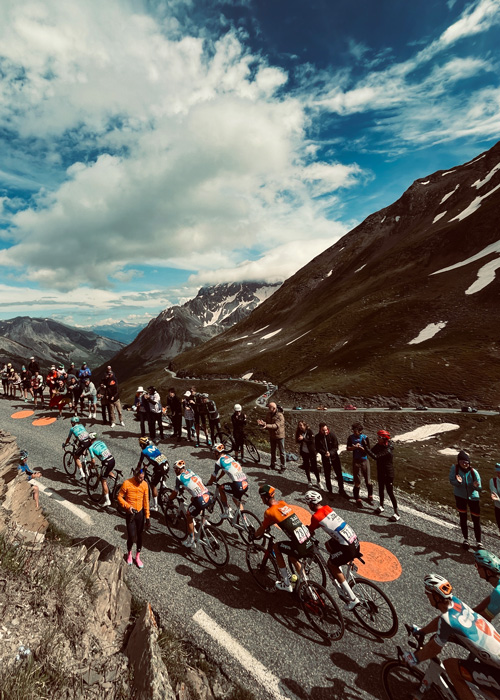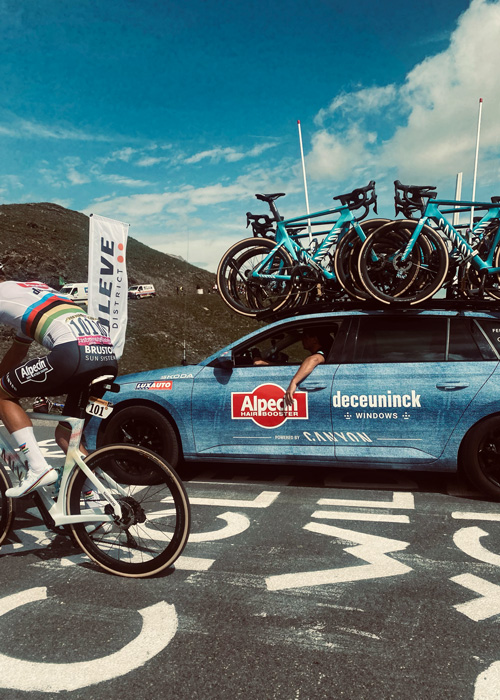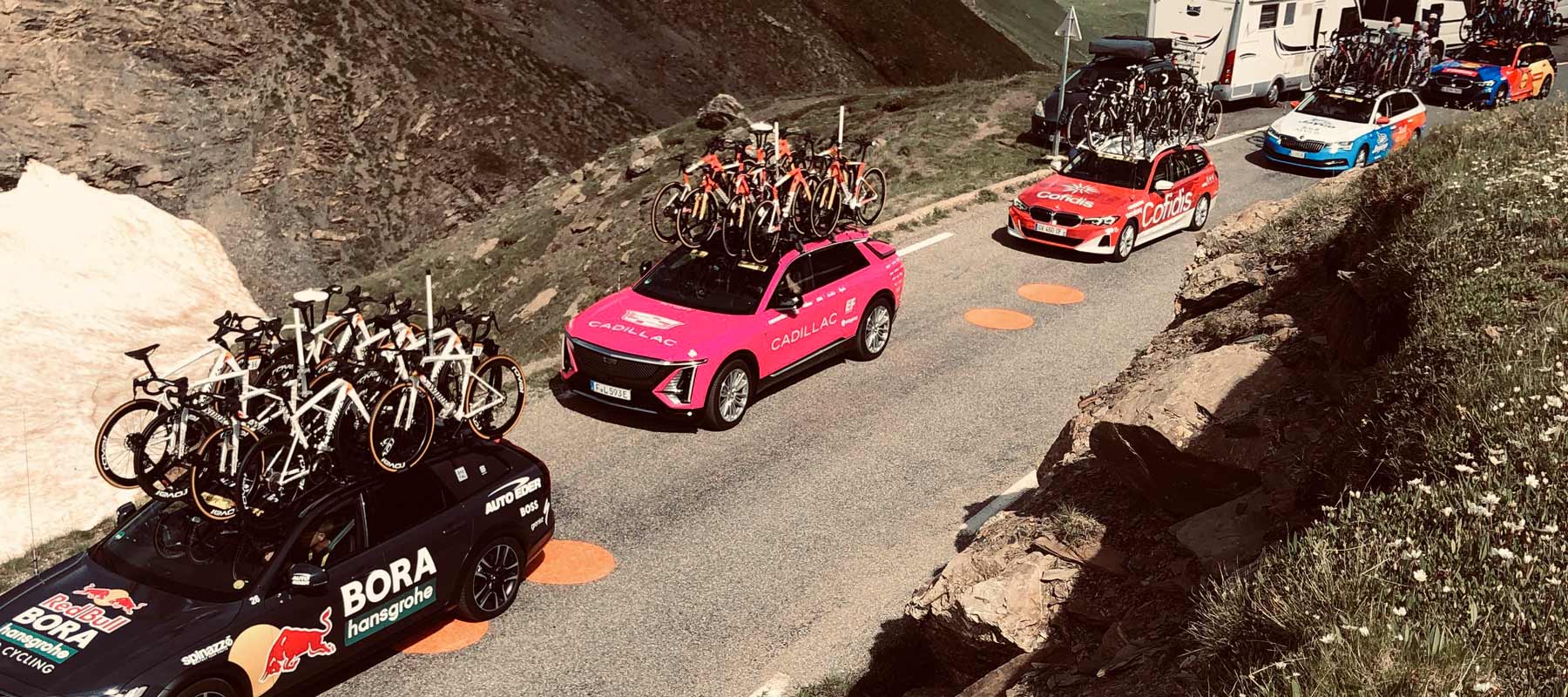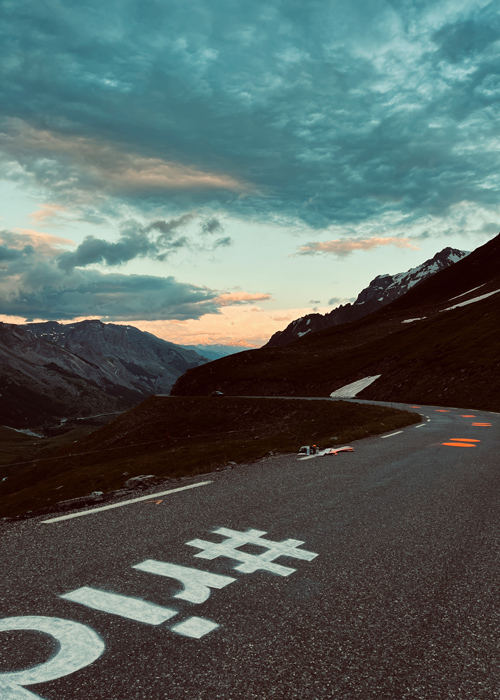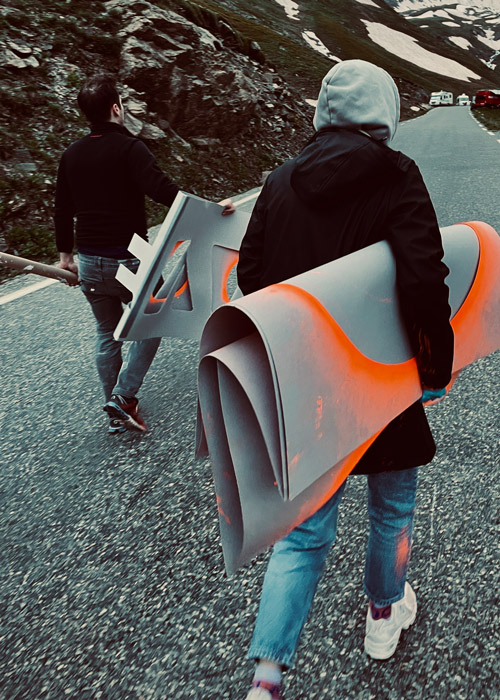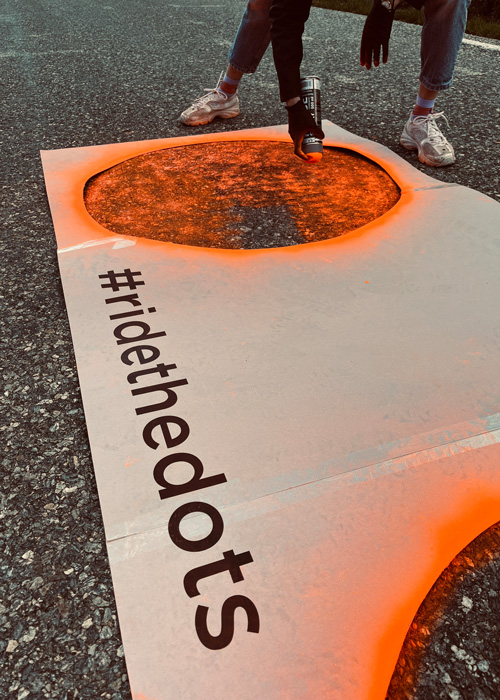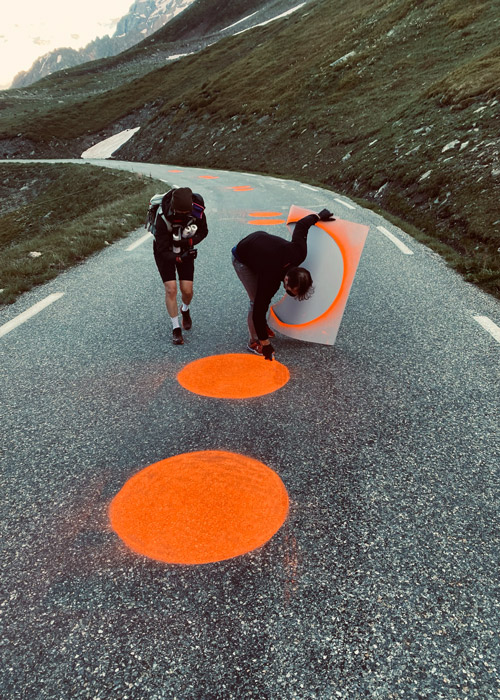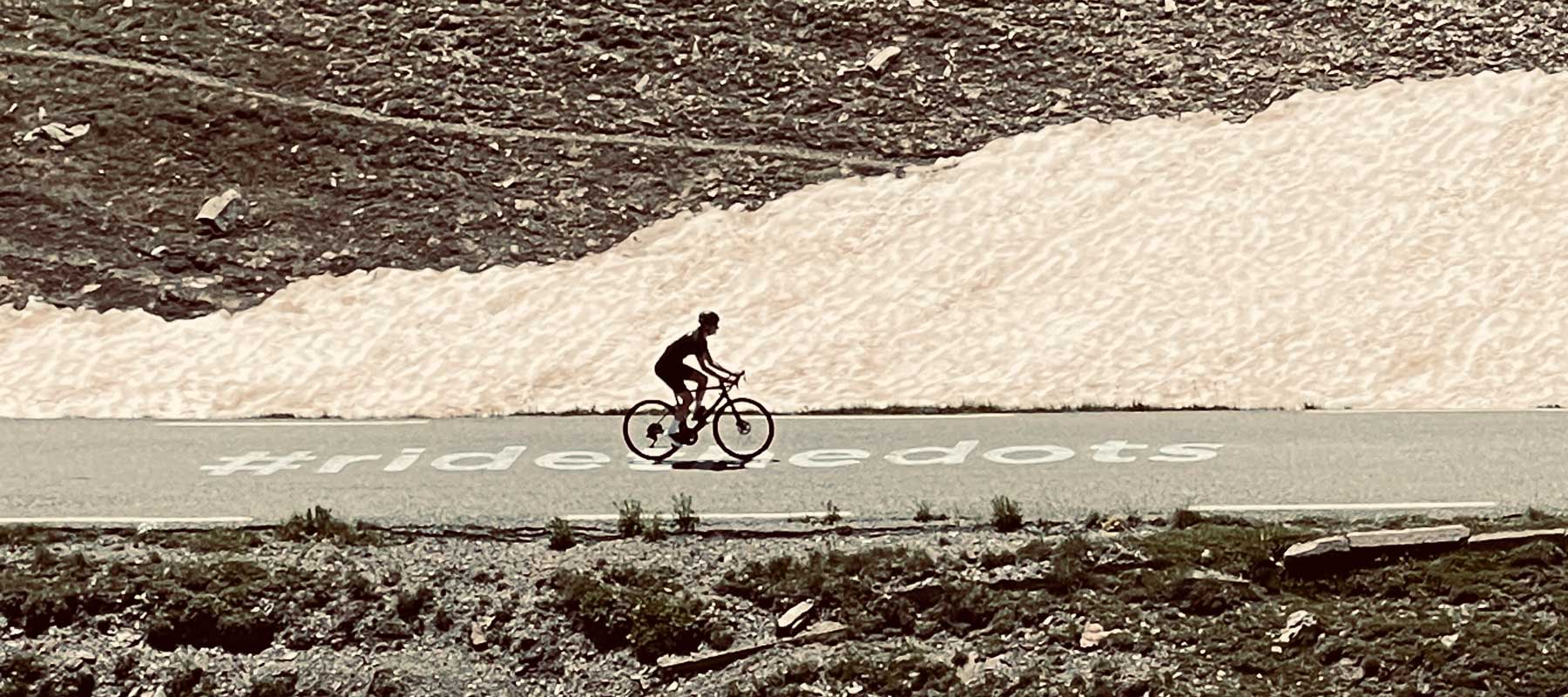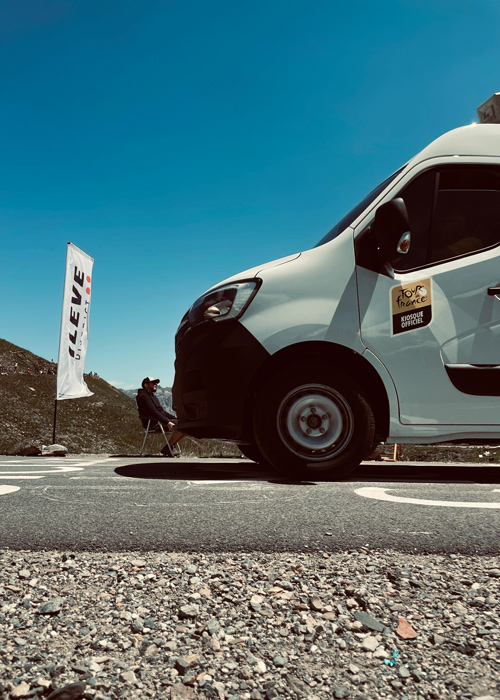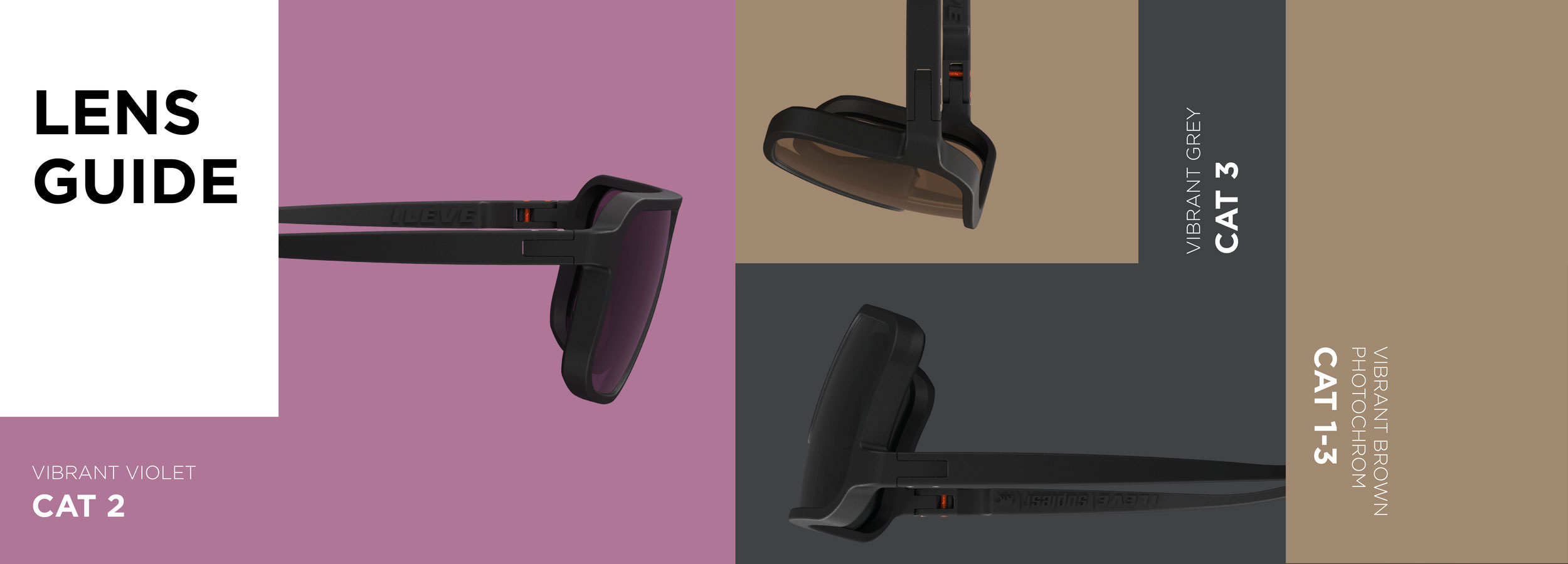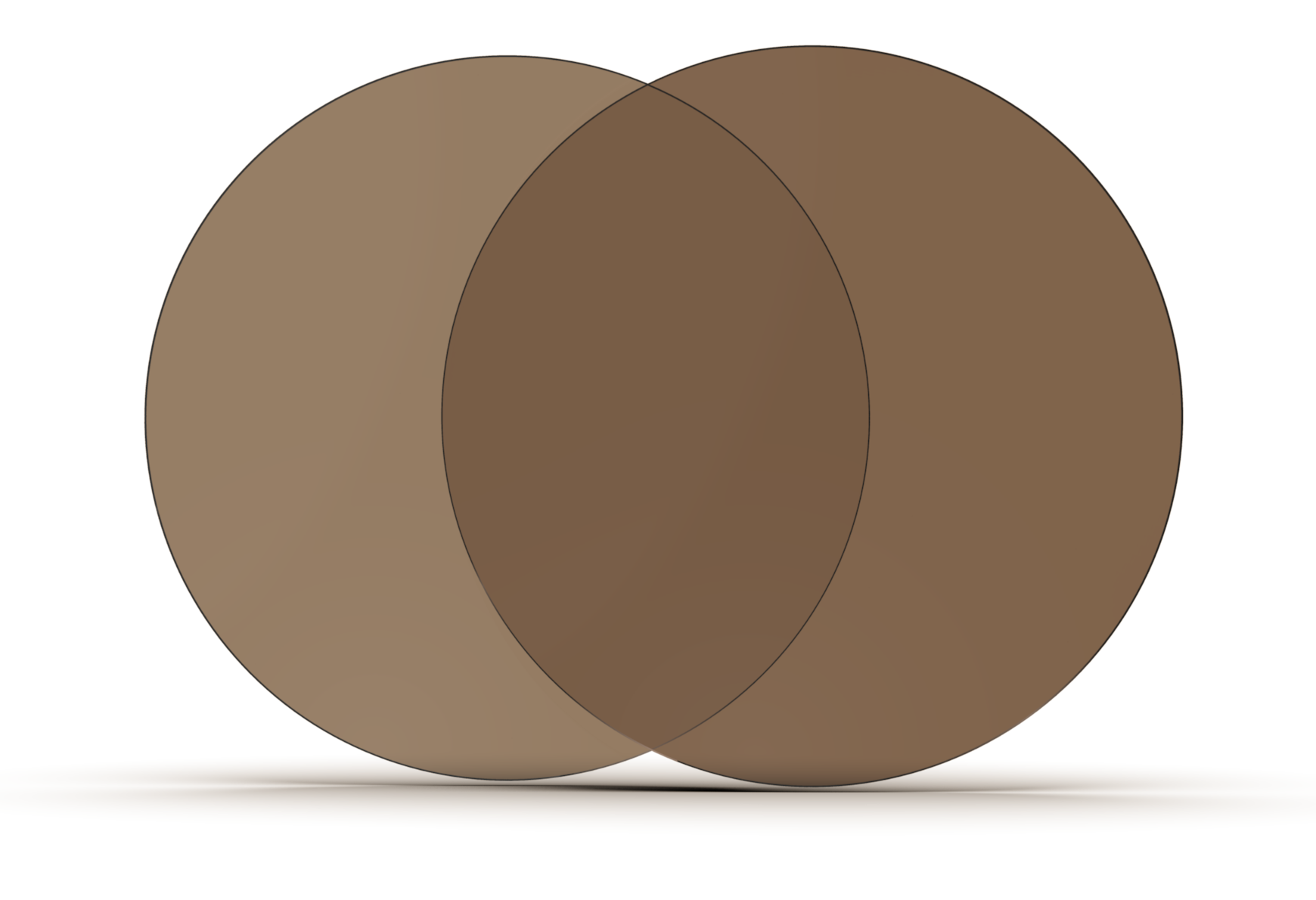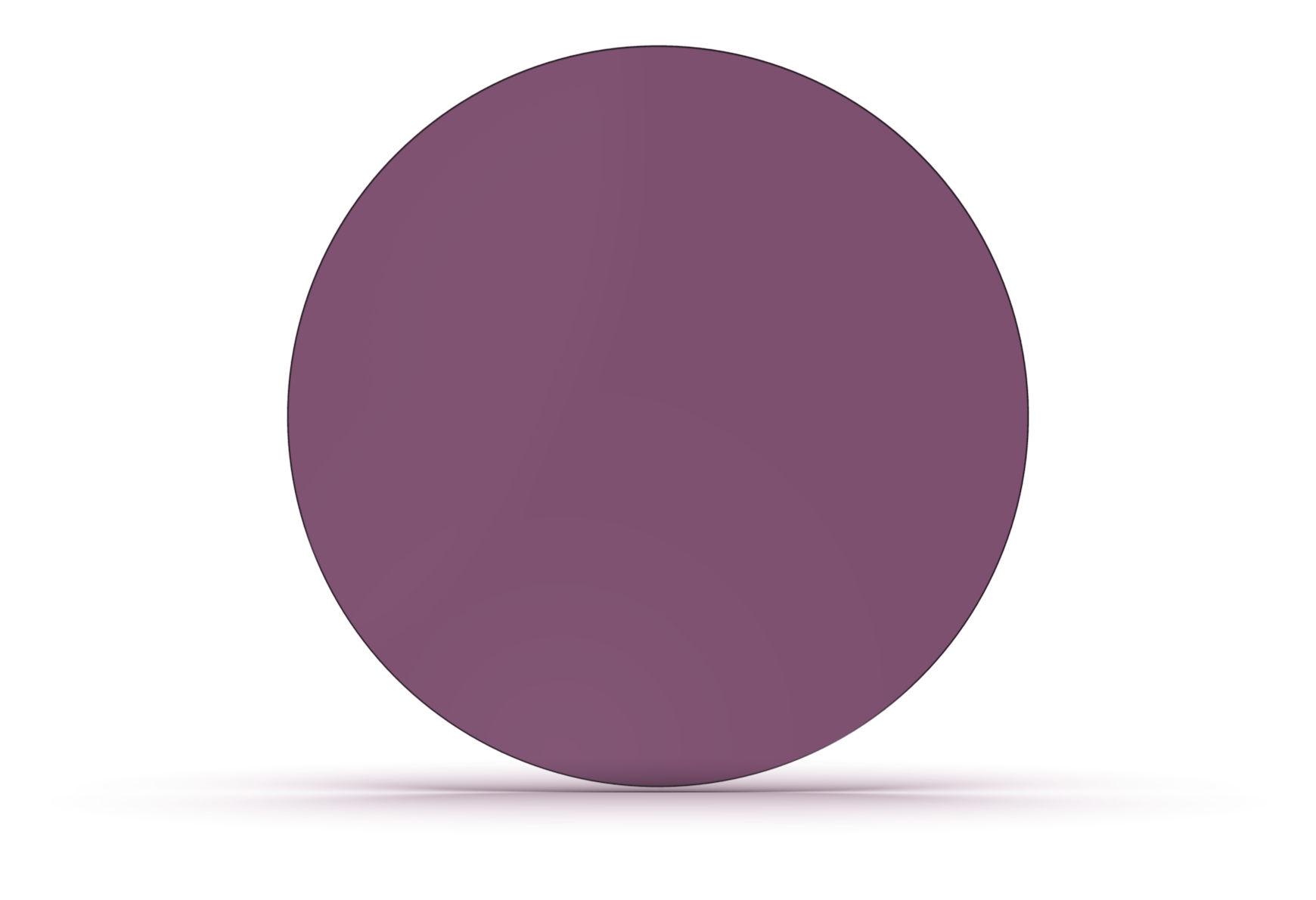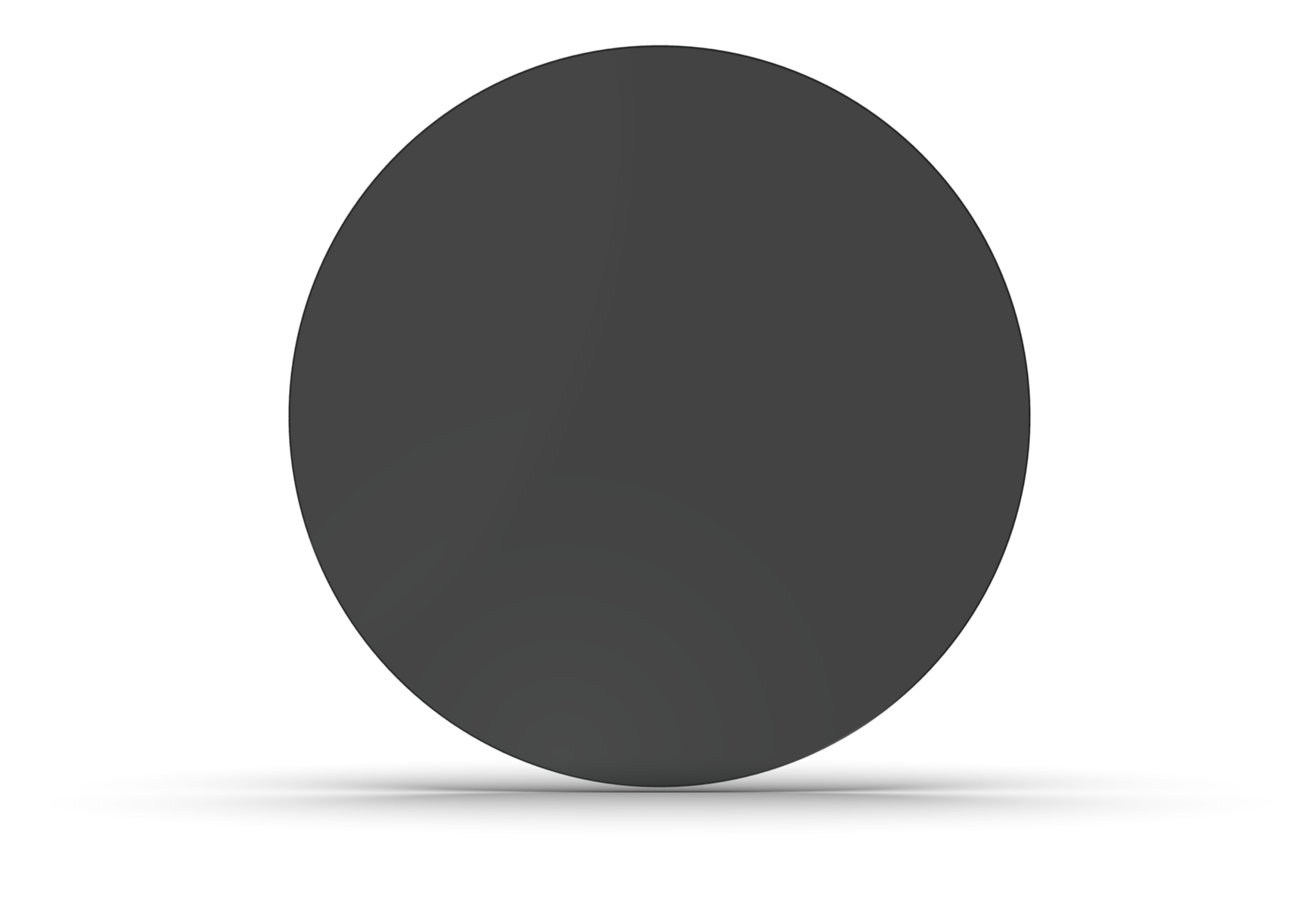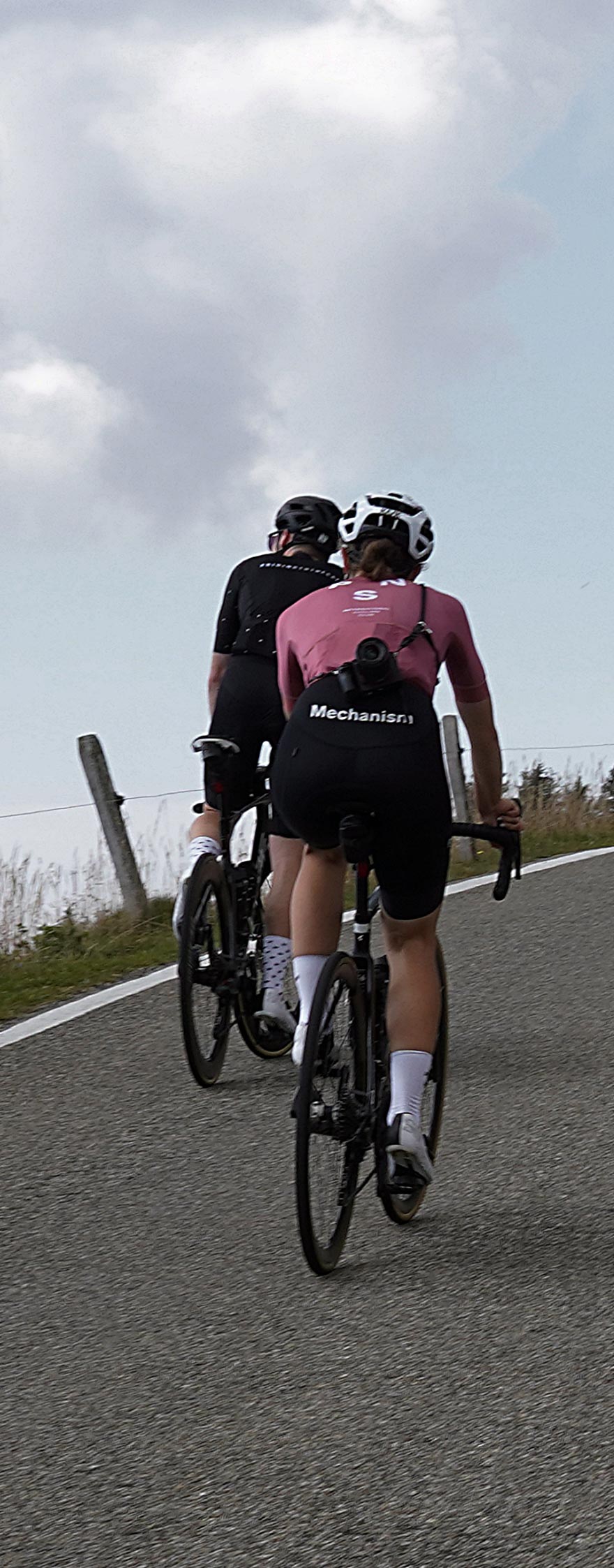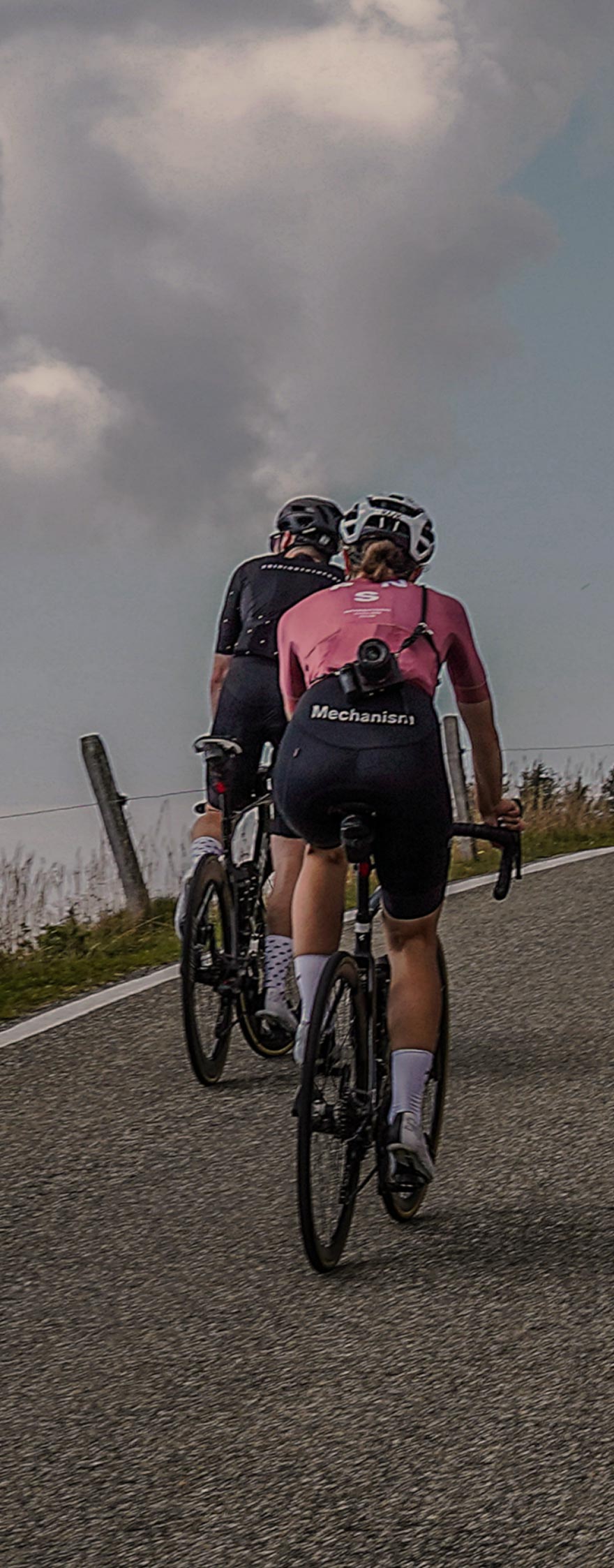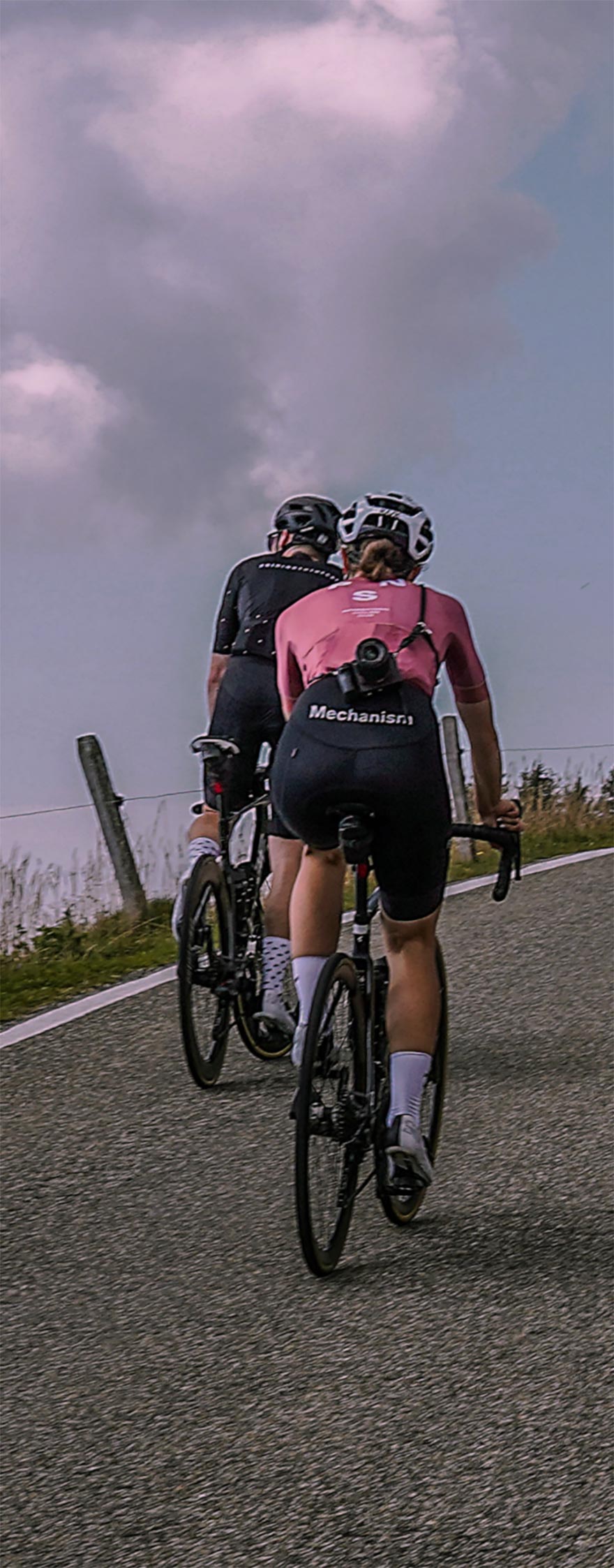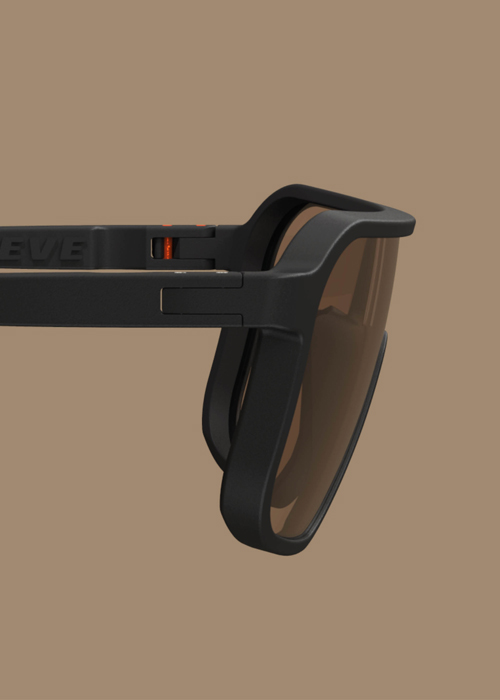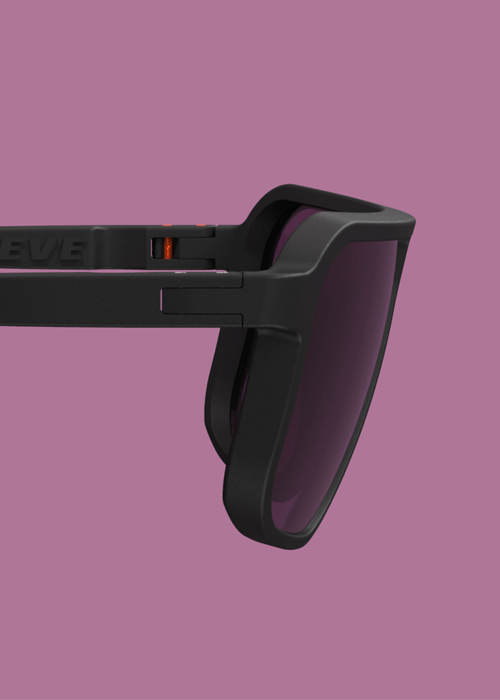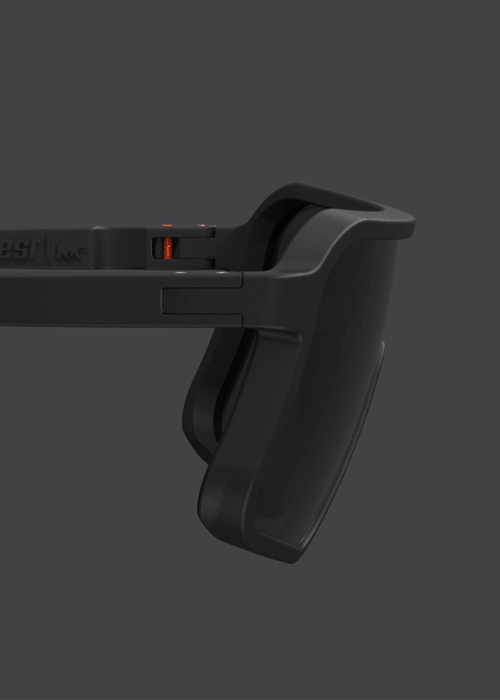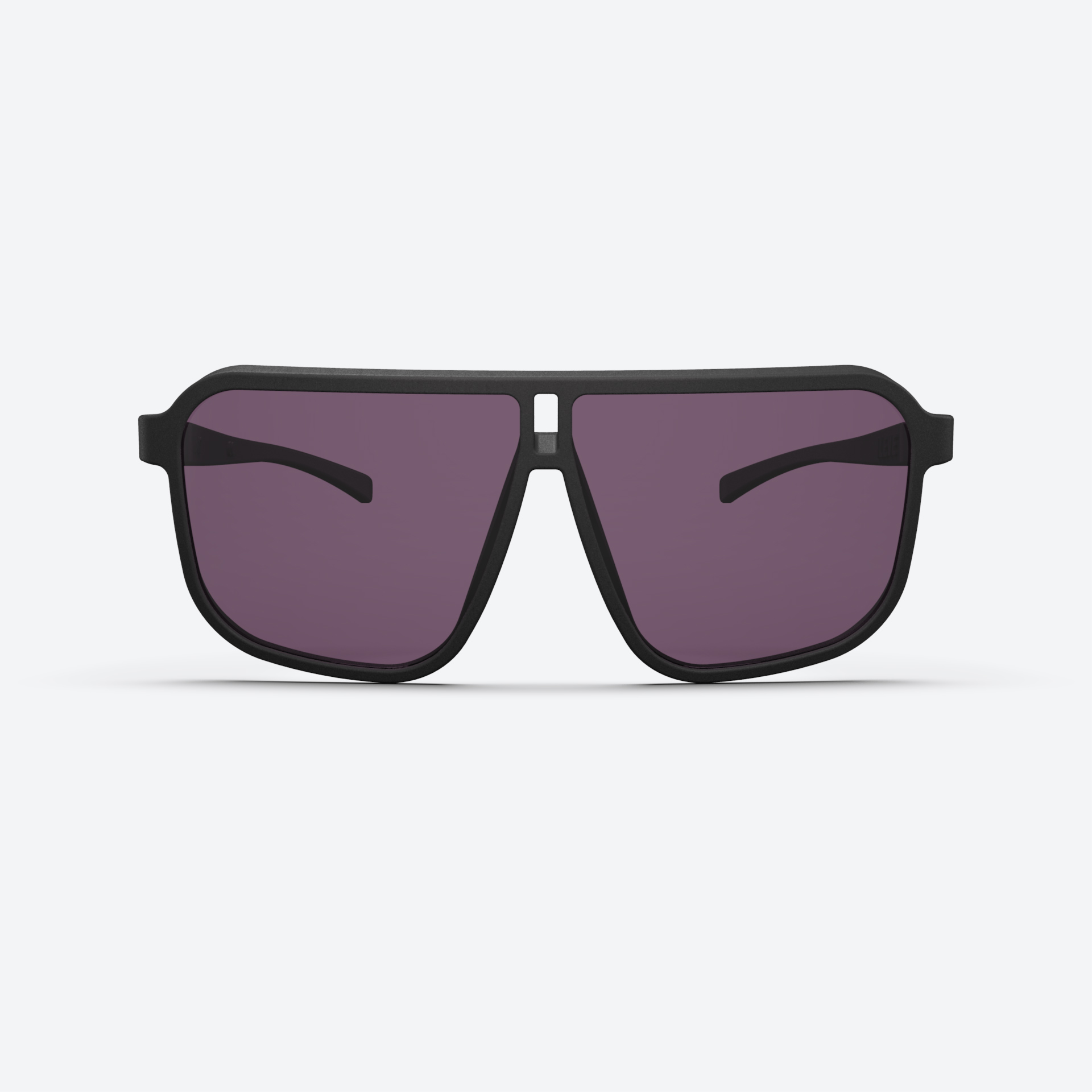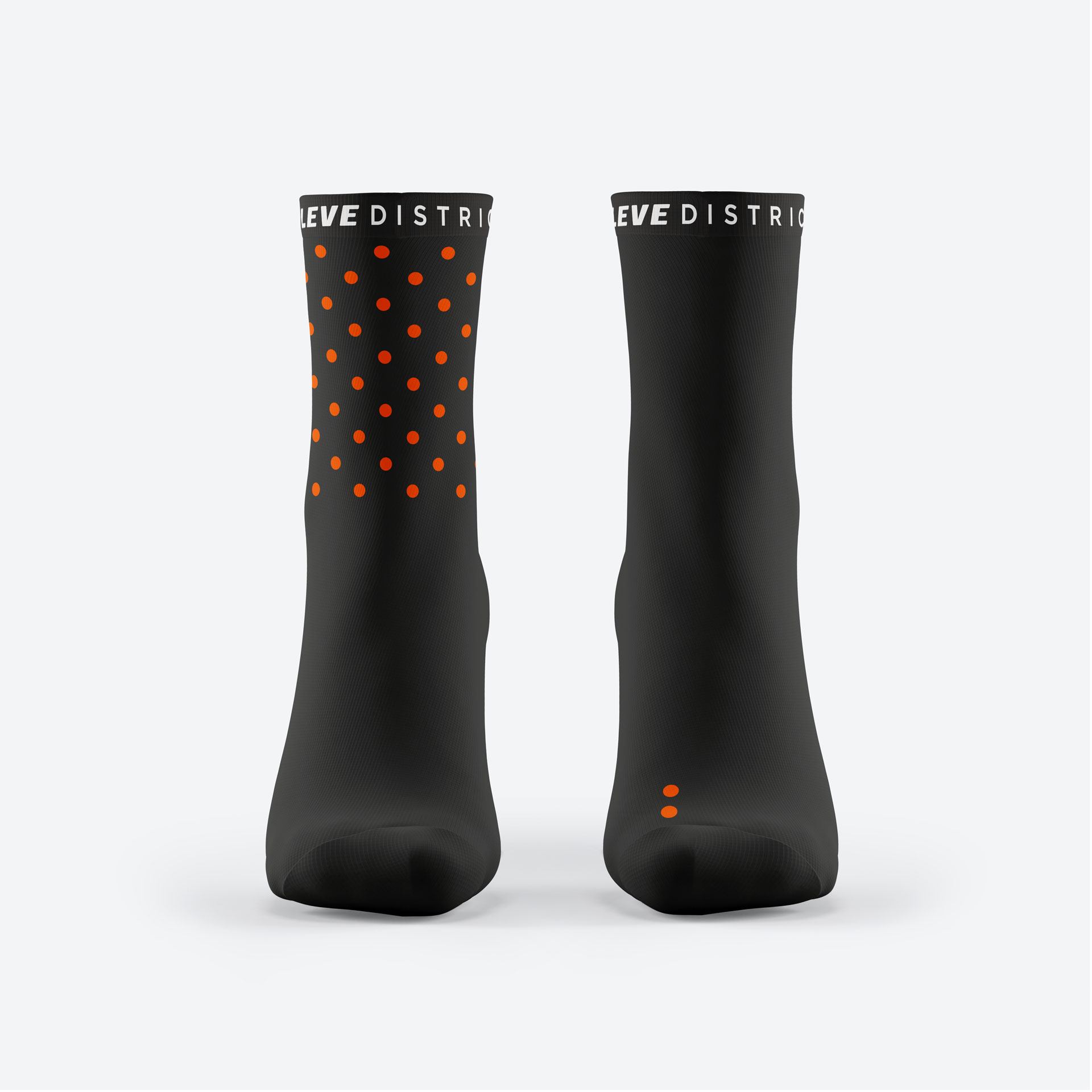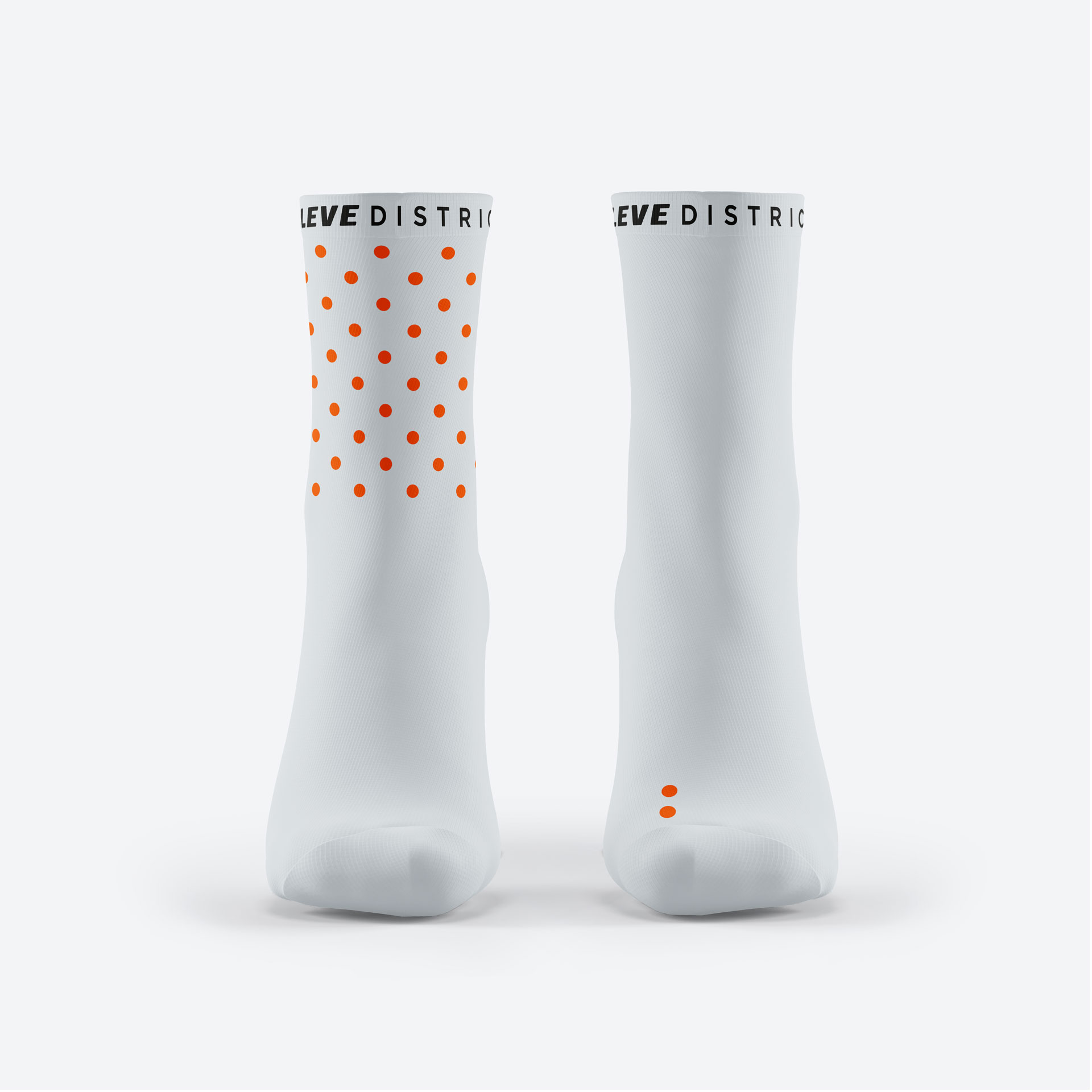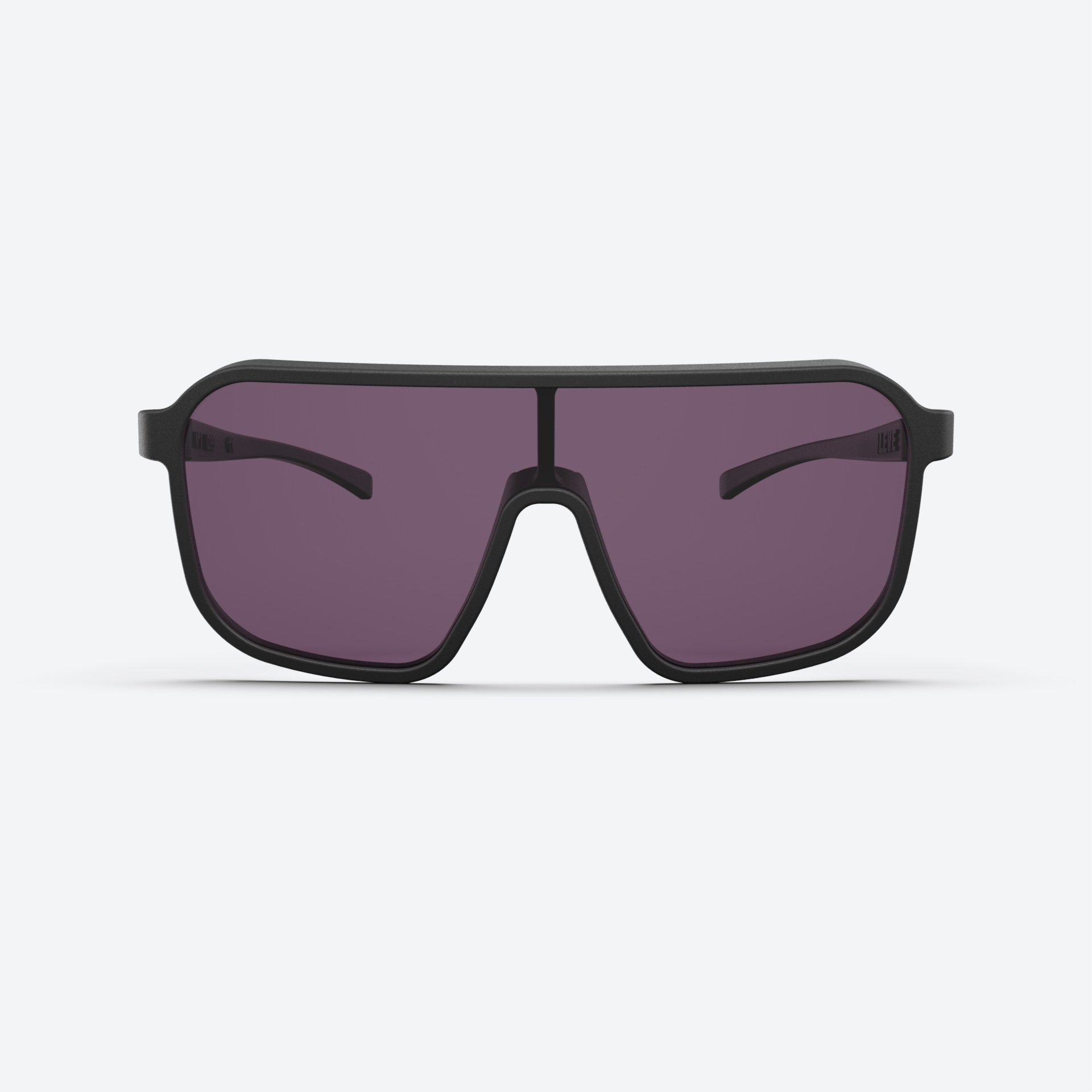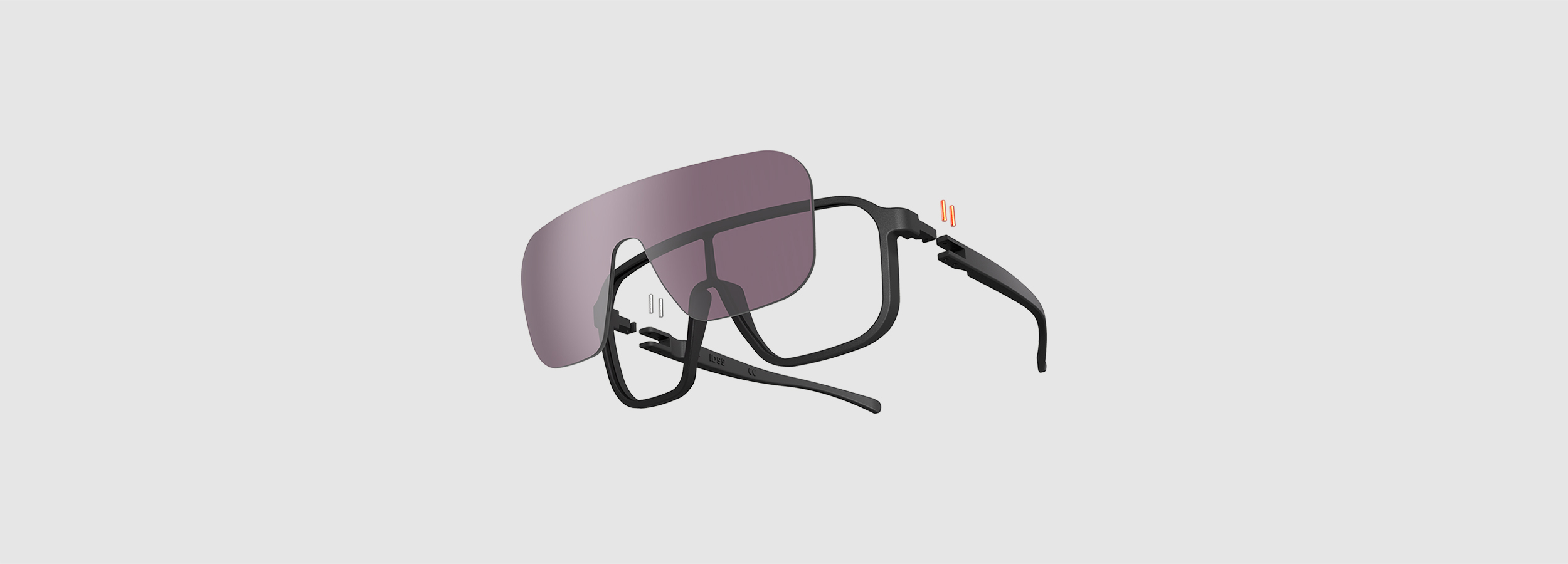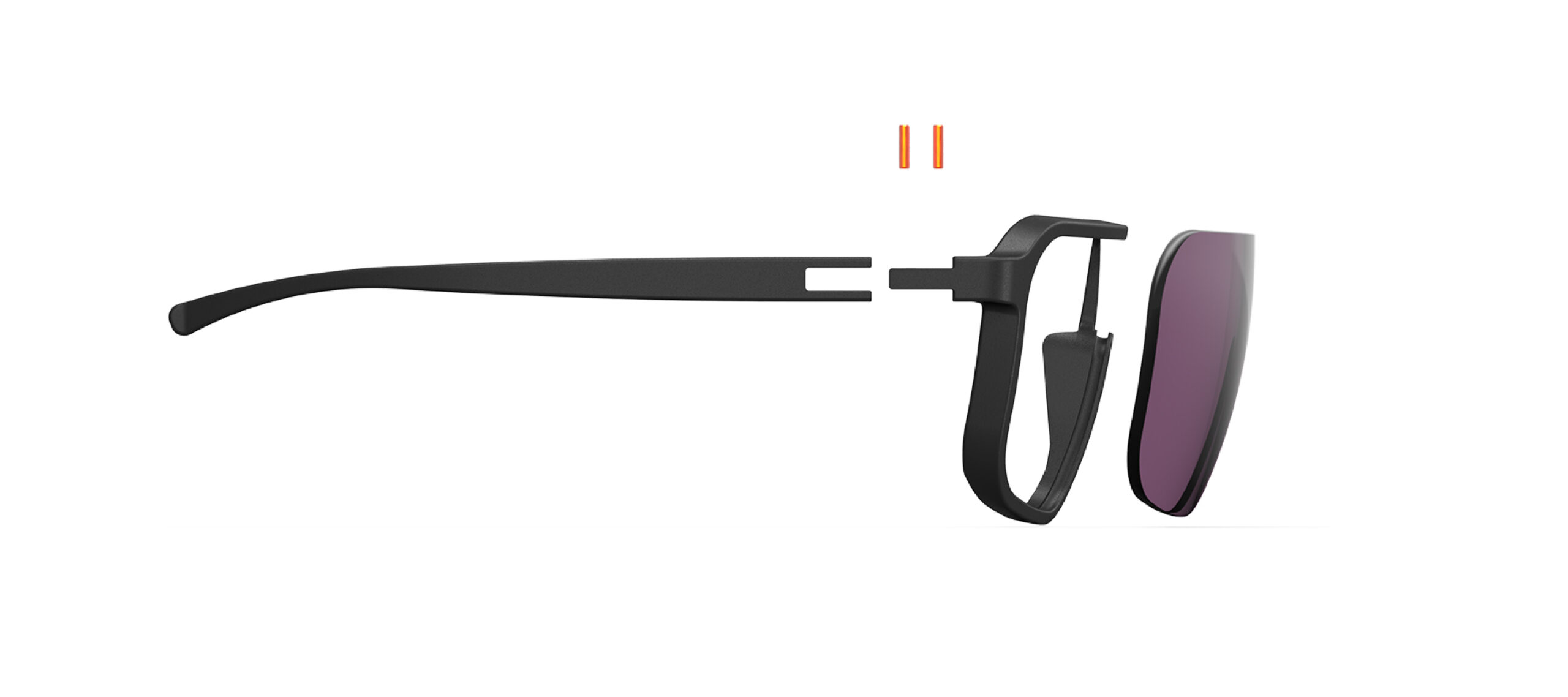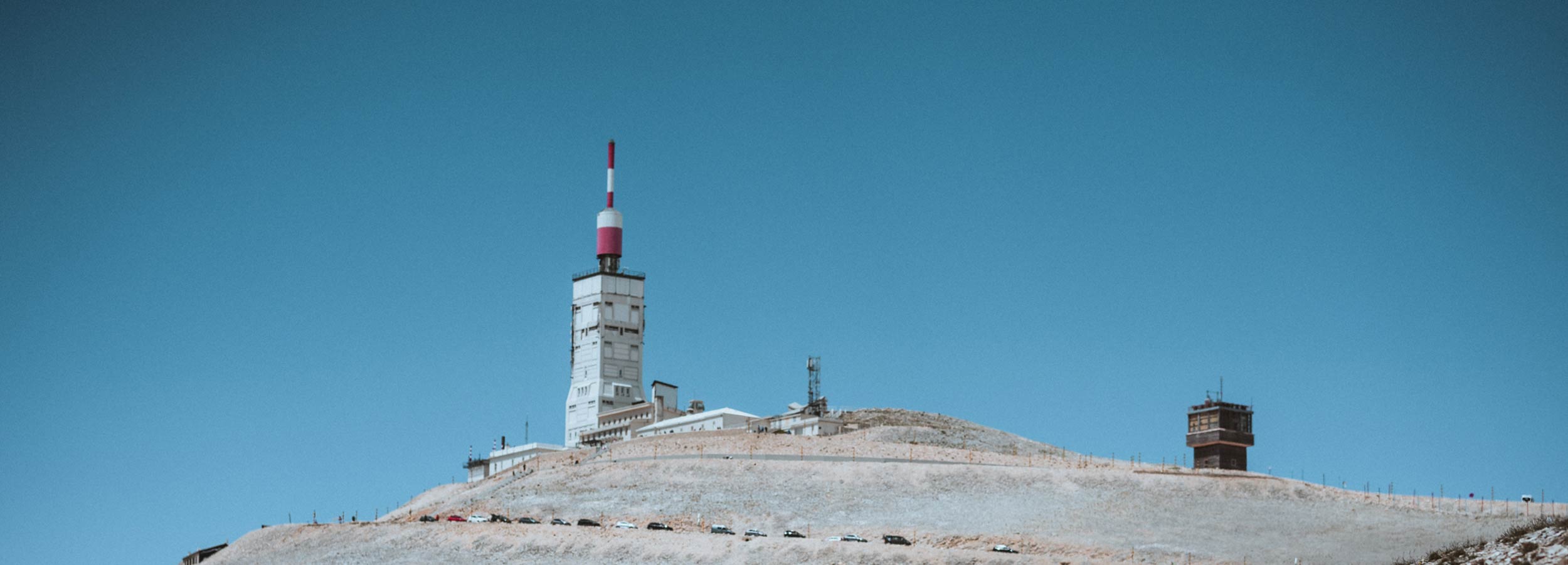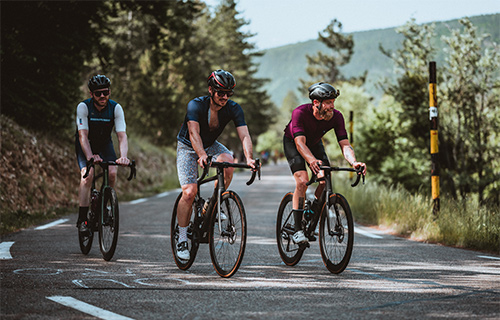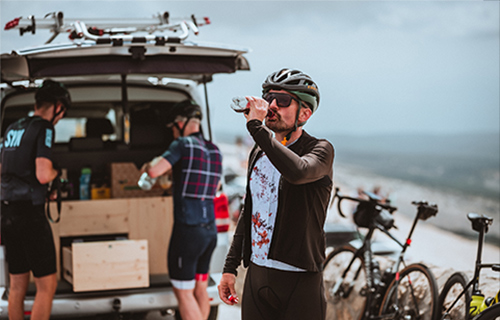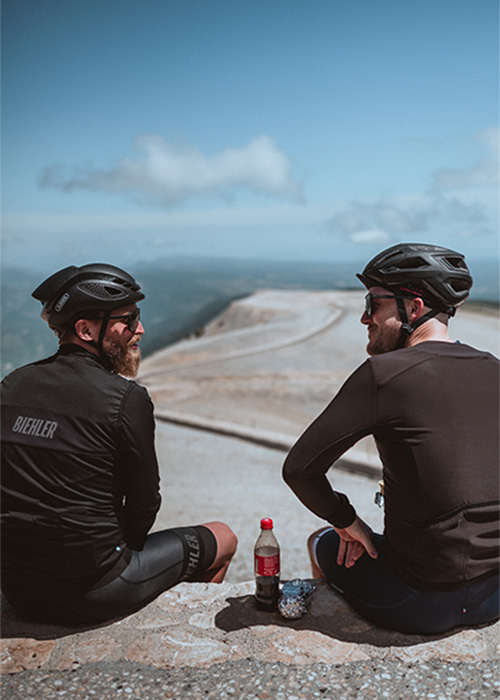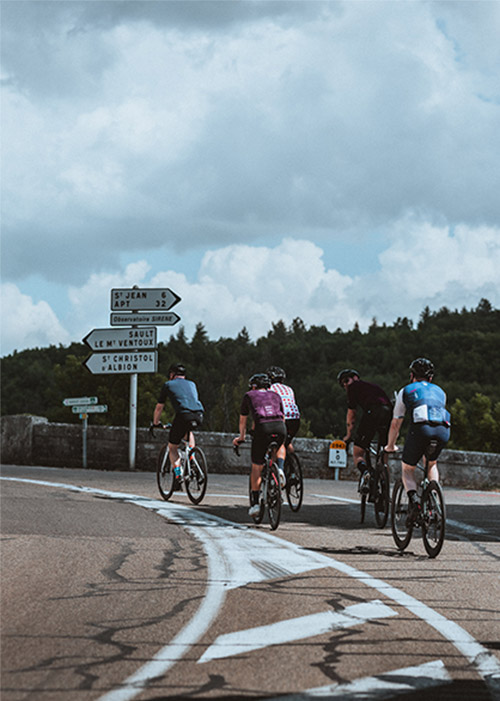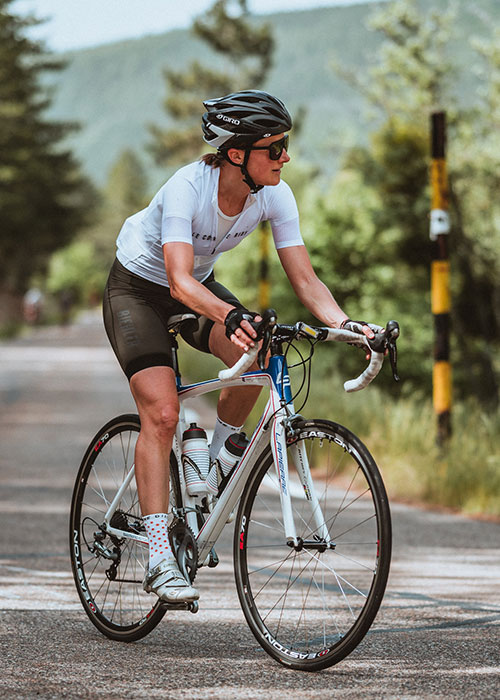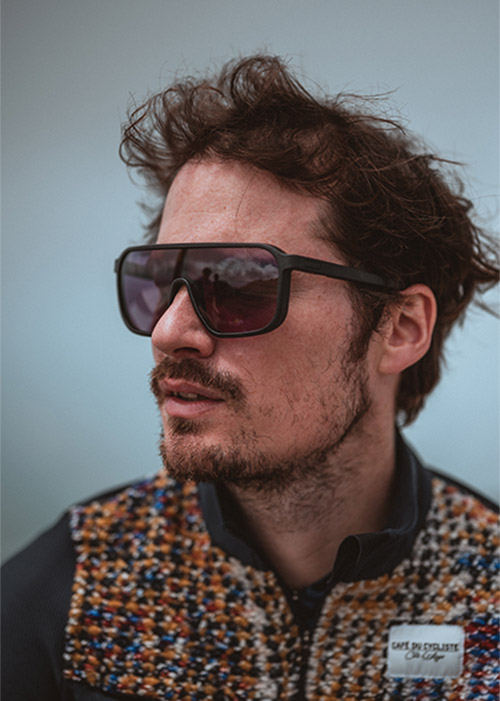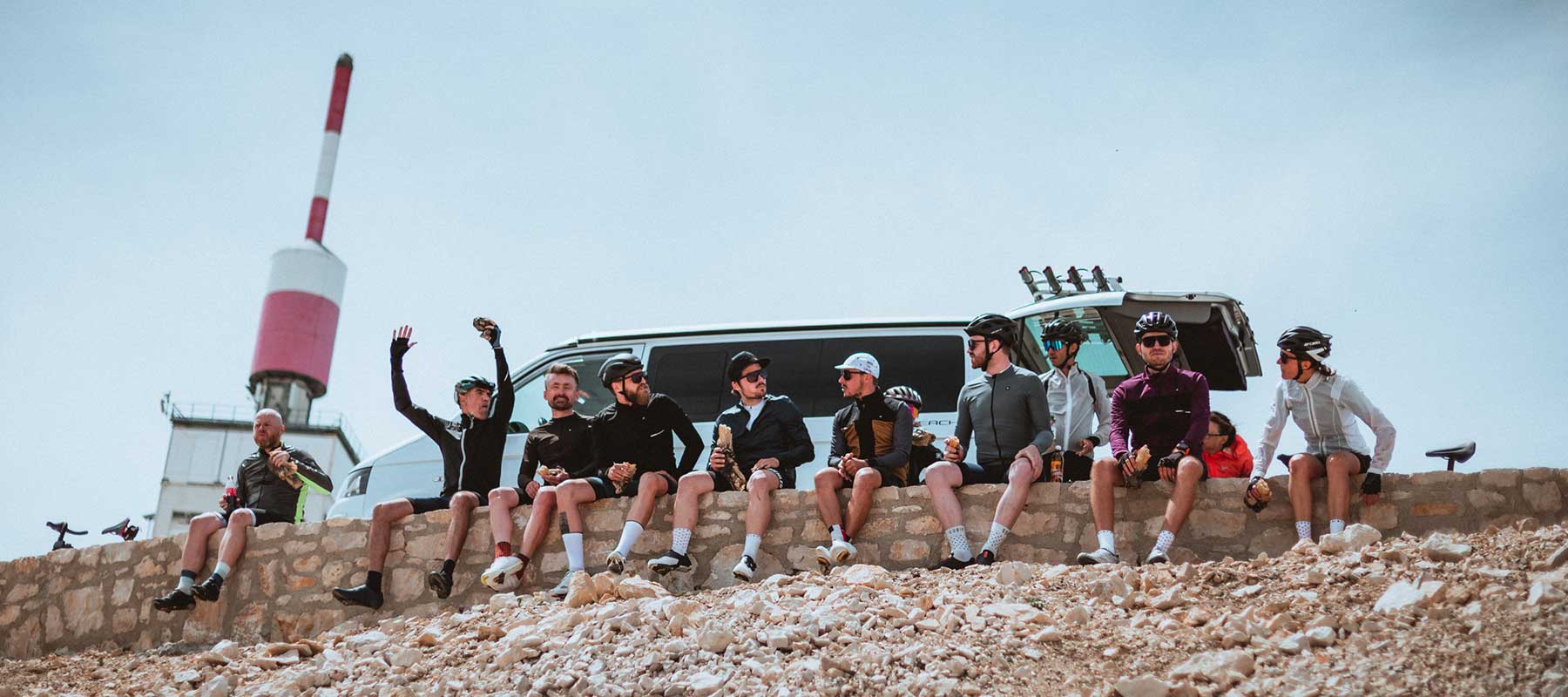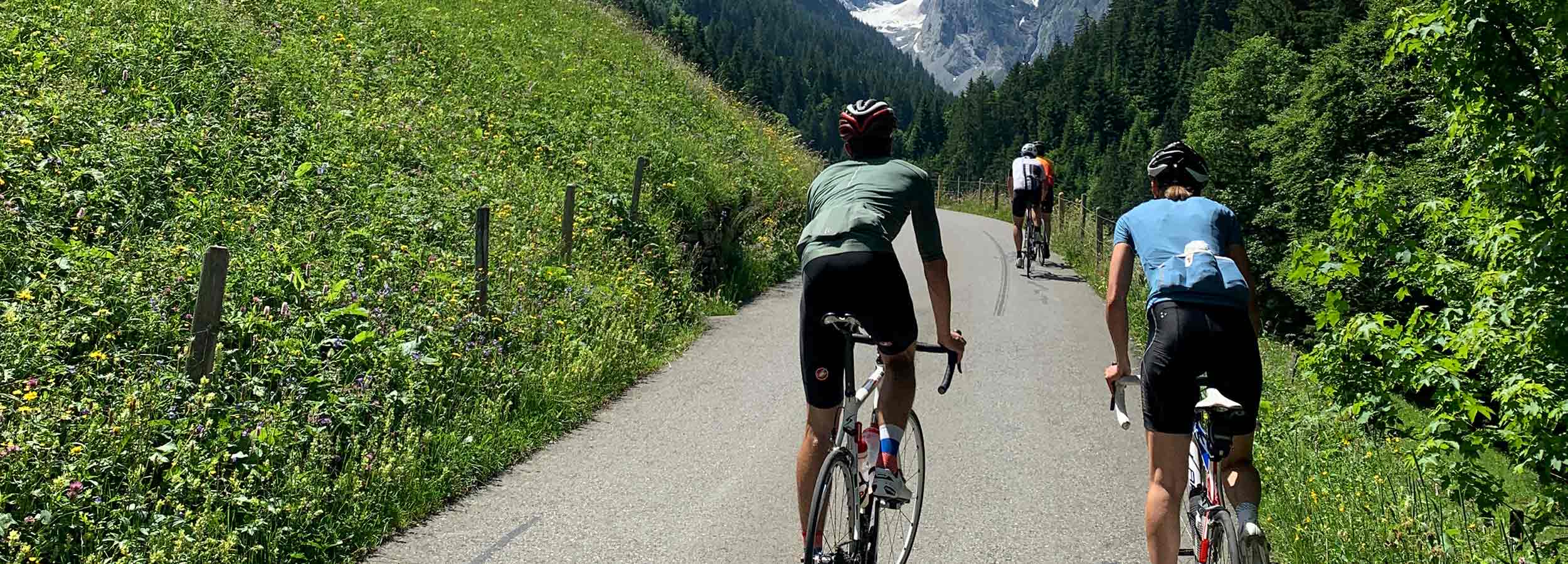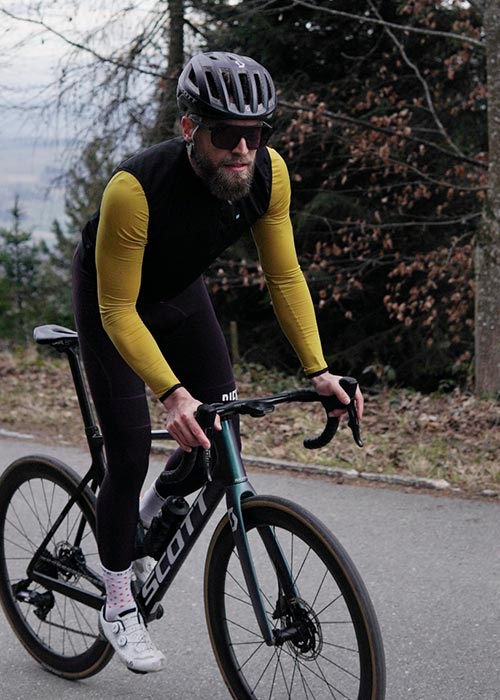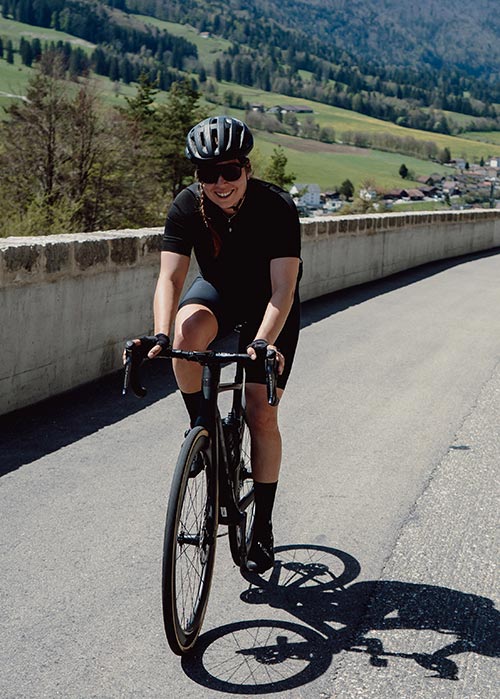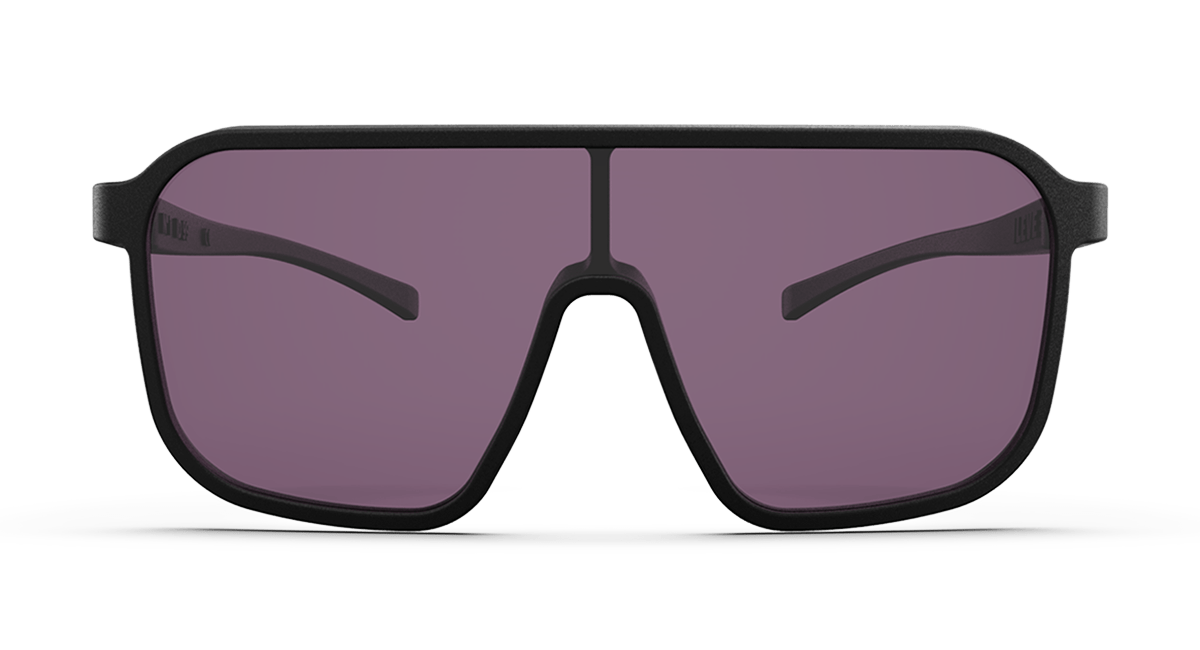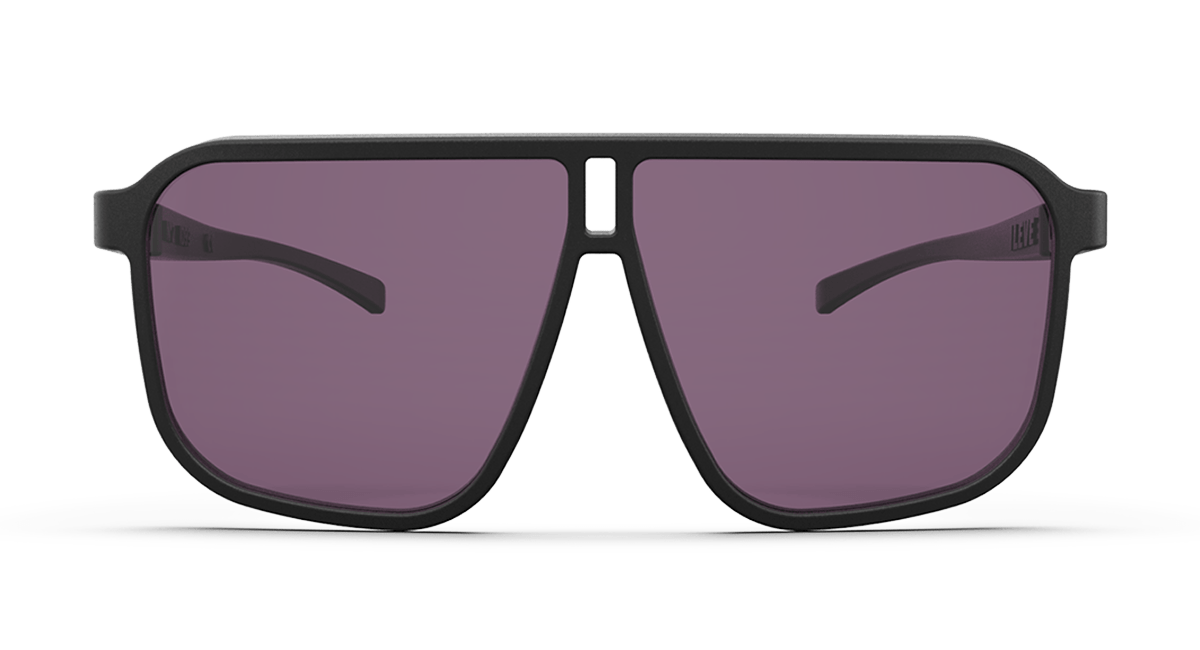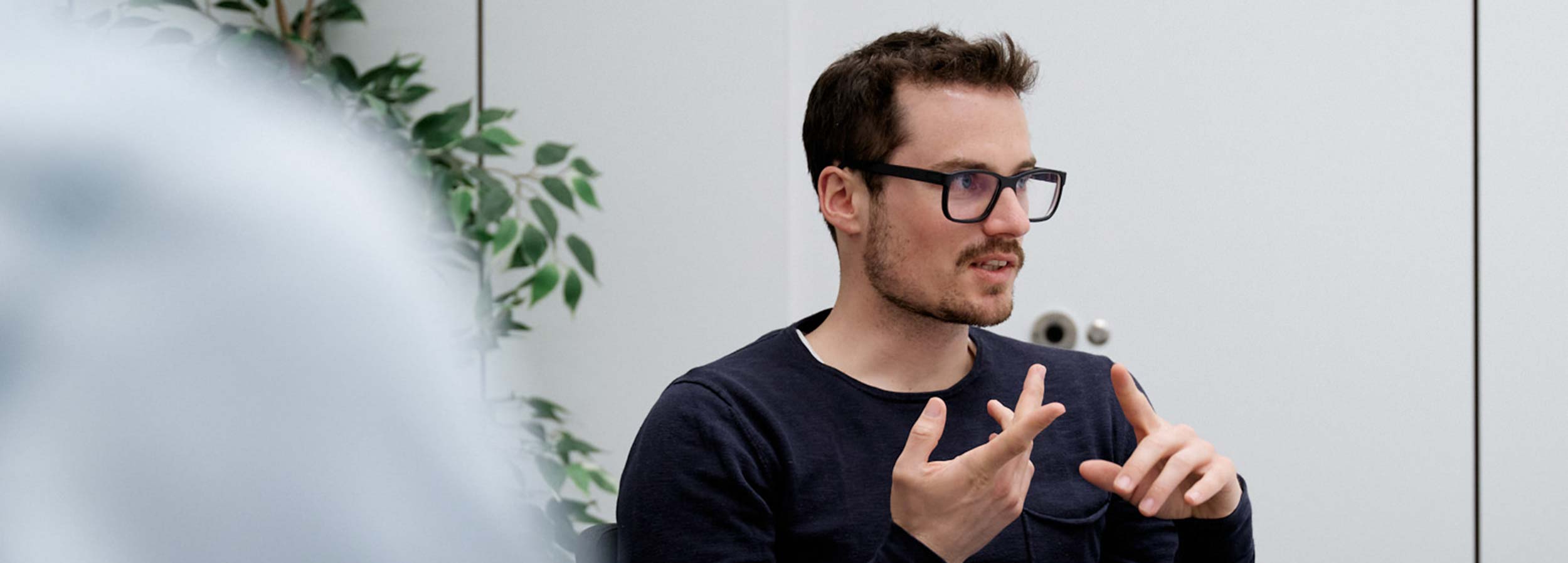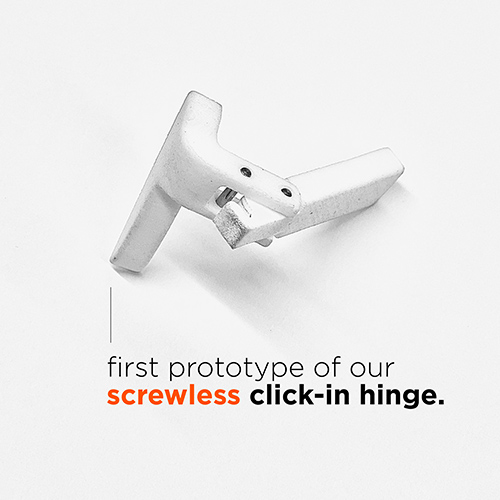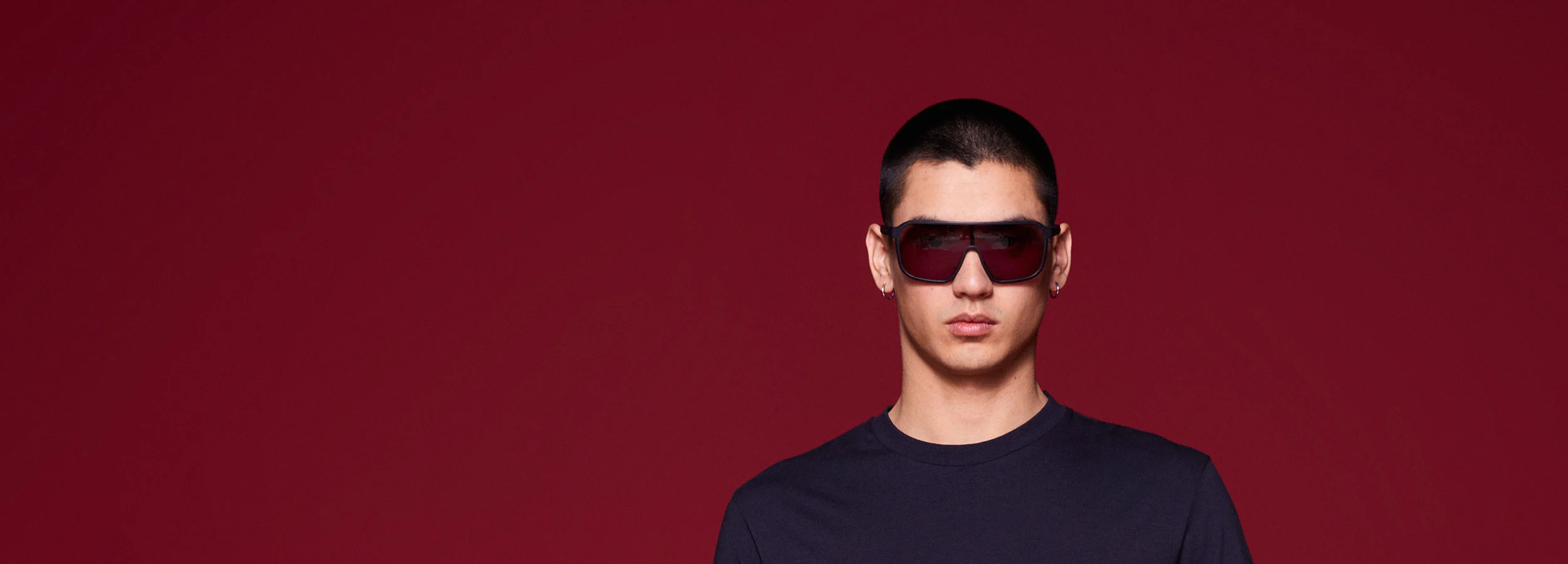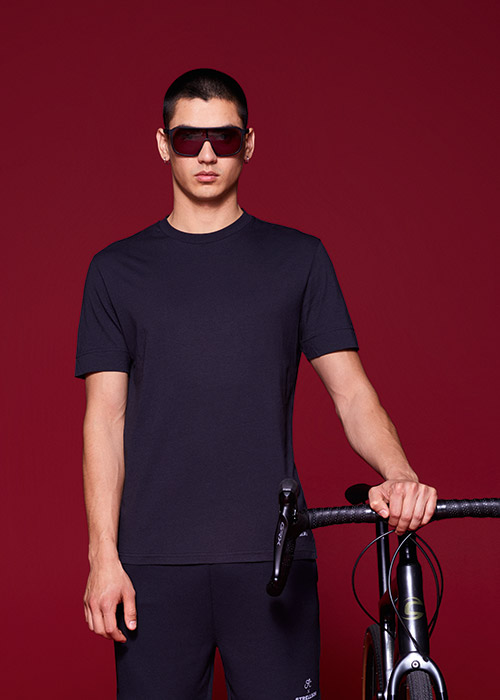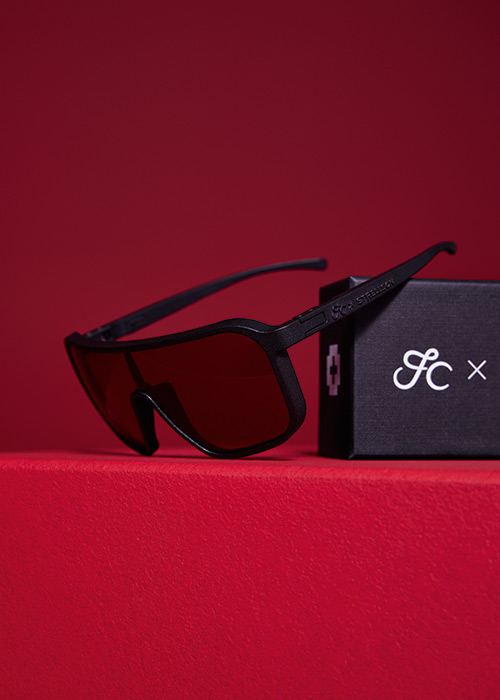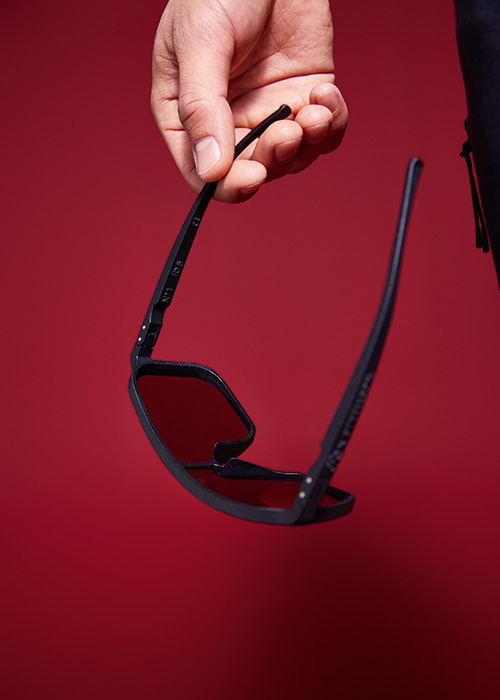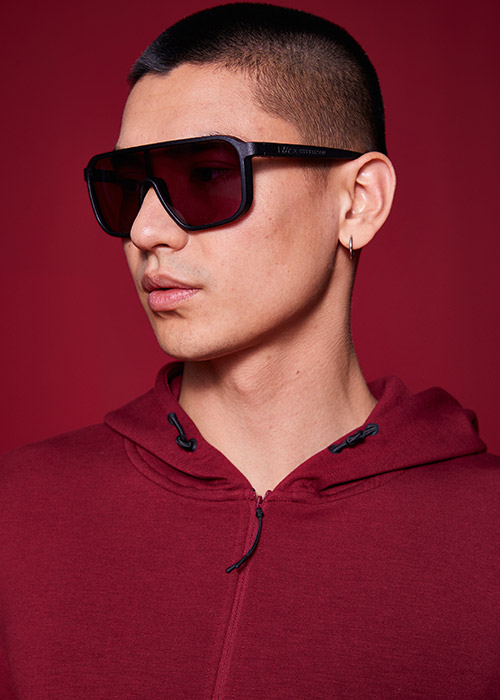When life hands you a warning letter, flip the script. That’s exactly what we did at the Cycling World Championships in Zurich – stirring things up with our #swissmade cycling glasses. We celebrated our passion for cycling along the racecourse. But when the Union Cycliste Internationale (UCI) tried to put a stop to it, we turned the tables with a clever twist. The result? A smart move that earned us media attention and plenty of support. Here’s our story in three acts.
ACT 1: THE IDEA – OUR CYCLING GLASSES AT THE WORLD CHAMPIONSHIPS
What cycling fan doesn’t know the creative displays from fans along the Tour de France route? The French – people who know how to celebrate the sport. Surely, we restrained Swiss could do the same at our home World Championships in Zurich, right? We wanted to express our passion and excitement for cycling. So, we found the perfect spot along the racecourse, connected with the local farmer from Webershof, and voilà – the idea was born. We set up some hay bales in the field and used them as a canvas for ILEVE. But then, the UCI’s lawyers entered the scene and said: No way!
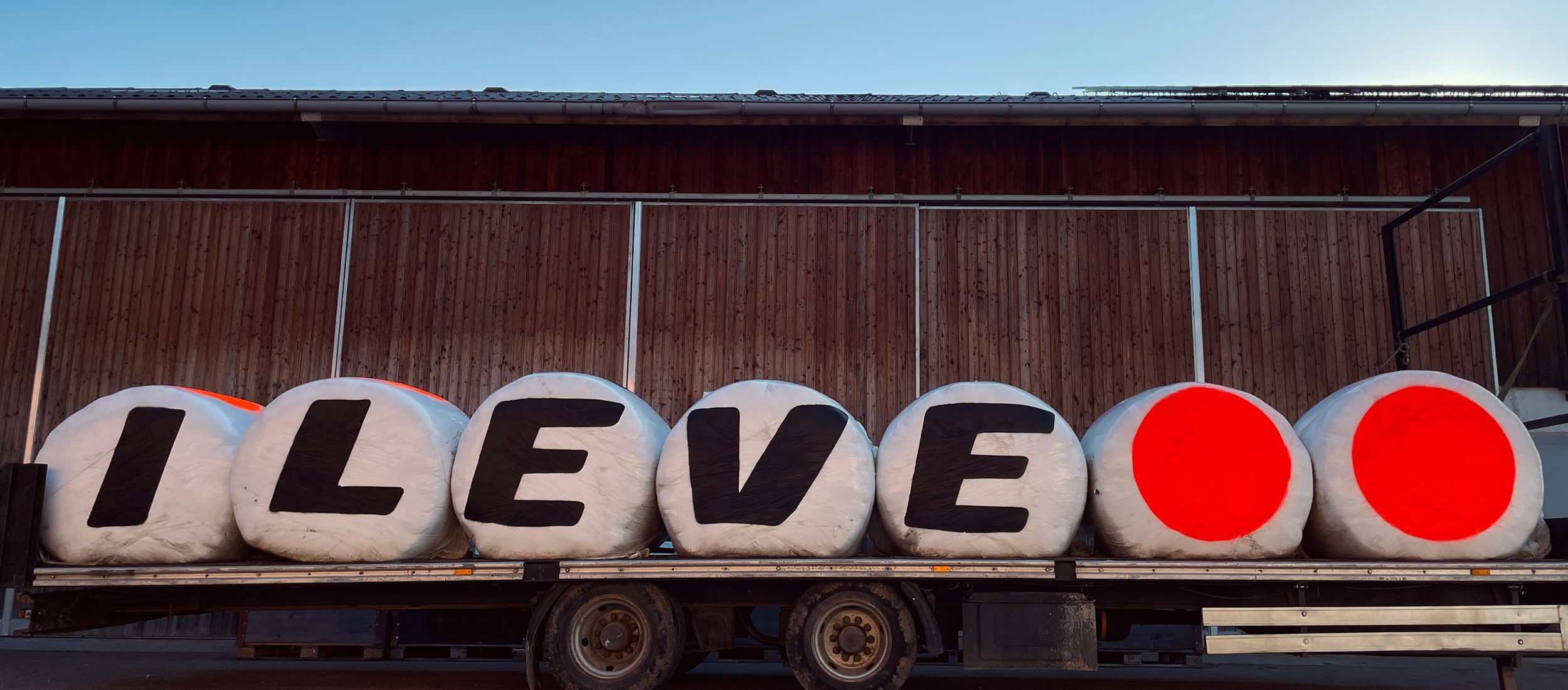
ACT 2: THE EVOLUTION – FROM ILEVE TO VELO
Challenge accepted! Even though we were on private property and the event organizers had no legal claim, we decided to get creative. The solution? We simply changed the lettering: ILEVE became VELO. Fun fact: In Mattenenglisch, an old secret language from Bern, ILEVE actually means velo (bicycle). Problem solved, message intact. With ILEVE, we pay tribute to Bern, our heritage, and cycling, our passion. Smart, right? We kept the hay bales in place and showed cooperation with the UCI. We stayed in the game, and the crowd loved it – mission accomplished!
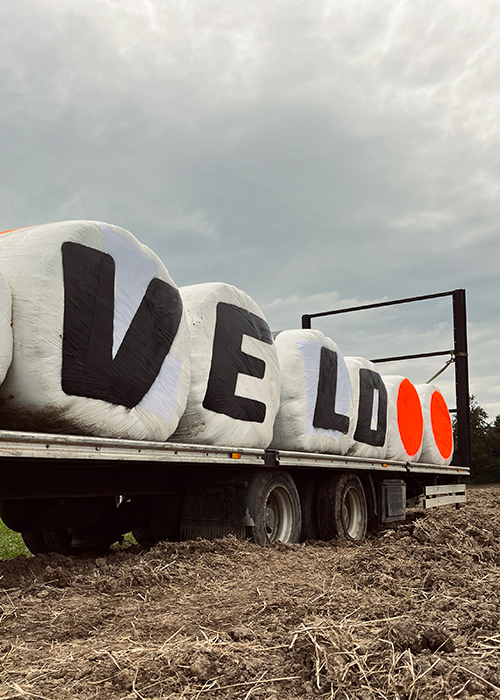
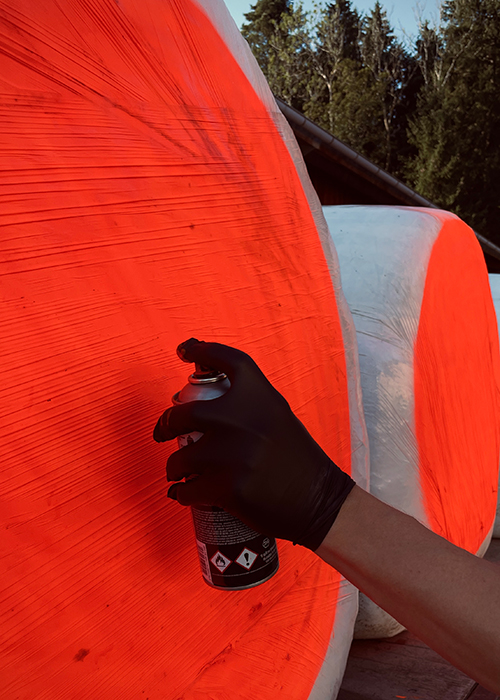
ACT 3: THE FINALE – CYCLING AND REGIONAL SOLIDARITY
Our action wasn’t just about celebrating cycling, but also about showing solidarity with those affected by large events like the World Championships. The Webershof farm had to close its farm shop for several days due to road closures. Supporting the regional economy is deeply embedded in our startup DNA – whether it’s through a creative stunt at the World Championships or through the production of our cycling glasses.
Our glasses are designed and developed in Bern and sustainably 3D-printed in Appenzell. Swiss-made excellence. We’re committed to local production, which creates jobs and reduces transportation. A story we believe deserves a place at a cycling festival like the home World Championships in Switzerland.
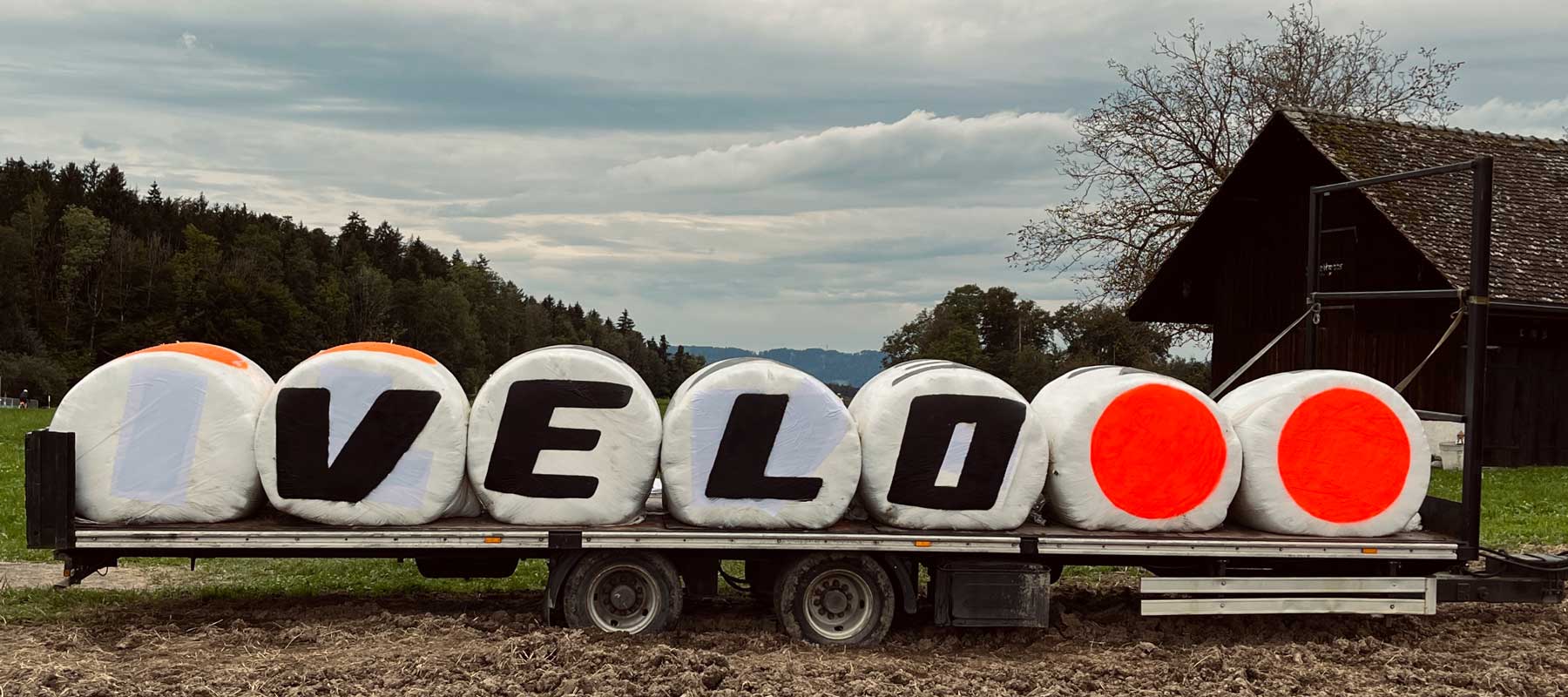
EPILOGUE: AND THE MORAL OF THE STORY?
When the UCI fires shots, we fire back with a smart move. Wouldn’t a simple email or a quick call from the organizers have sufficed instead of a formal warning letter from the UCI’s lawyers? We were open to discussion. Our action sparked media waves and won us plenty of support – not just because of the clever twist, but because it showed what ILEVE DISTRICT stands for: passion for cycling and a commitment to local production. And when the UCI throws obstacles in our way? We’ll use them as a springboard.
Discover our frames
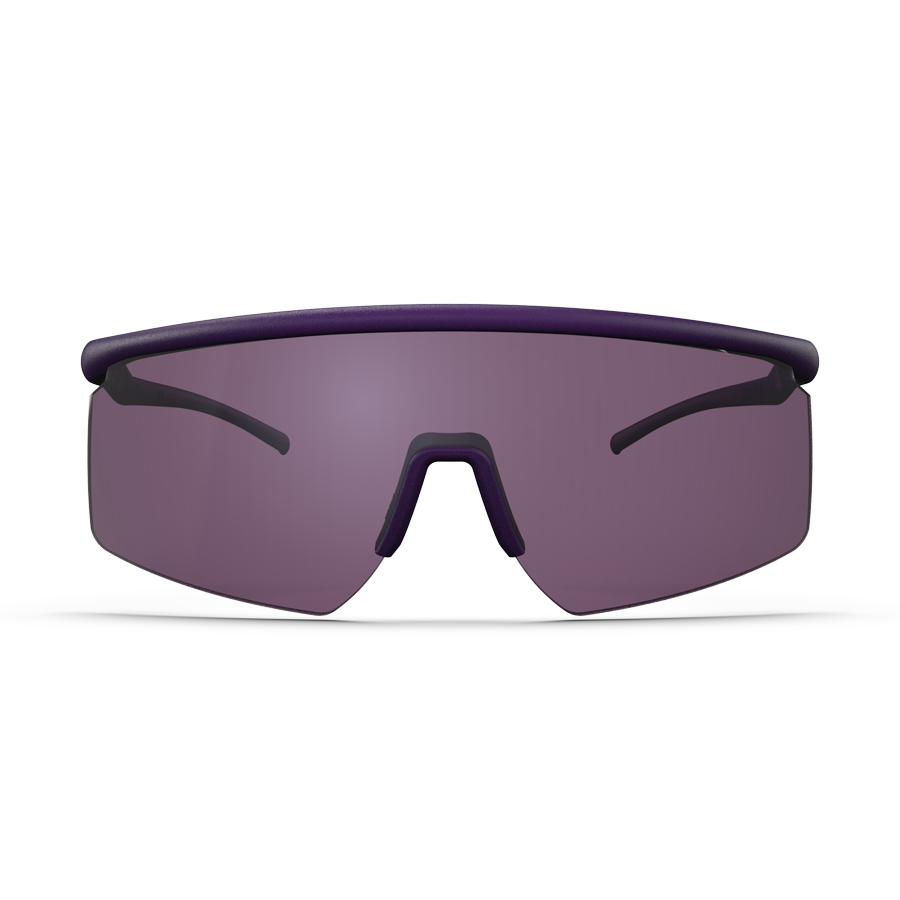
N°5 lite
Lightweight half-frame sports glasses with high-contrast lens.
6 Color(s)
2 Size(s)
CHF 290.00 – CHF 320.00

N°6
Lifestyle sports glasses for leisure & commuting – also for prescription.
2 Color(s)
2 Size(s)
CHF 290.00
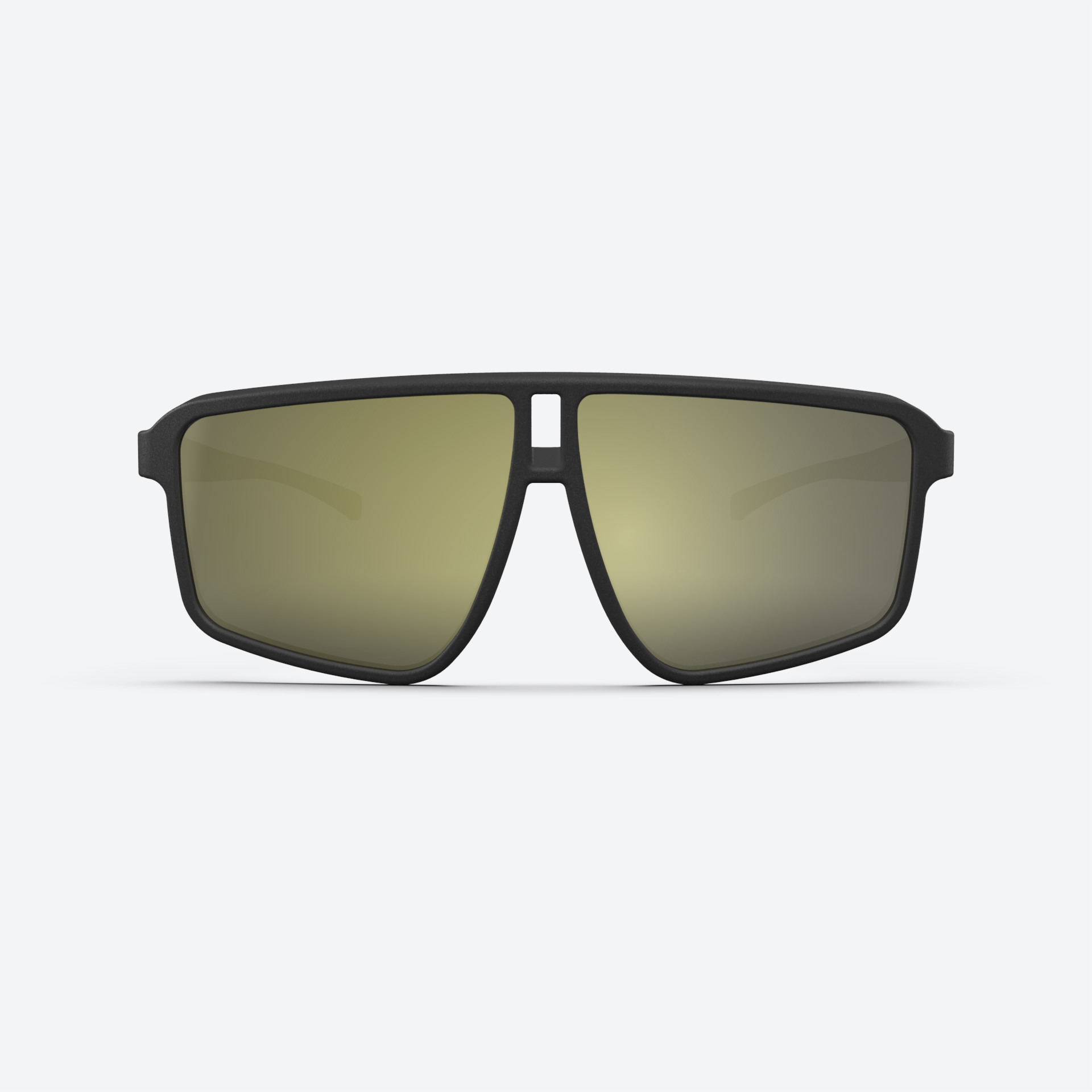
N°7
Lifestyle sports glasses for outdoor and on the go – prescription-ready.
2 Color(s)
2 Size(s)
CHF 290.00
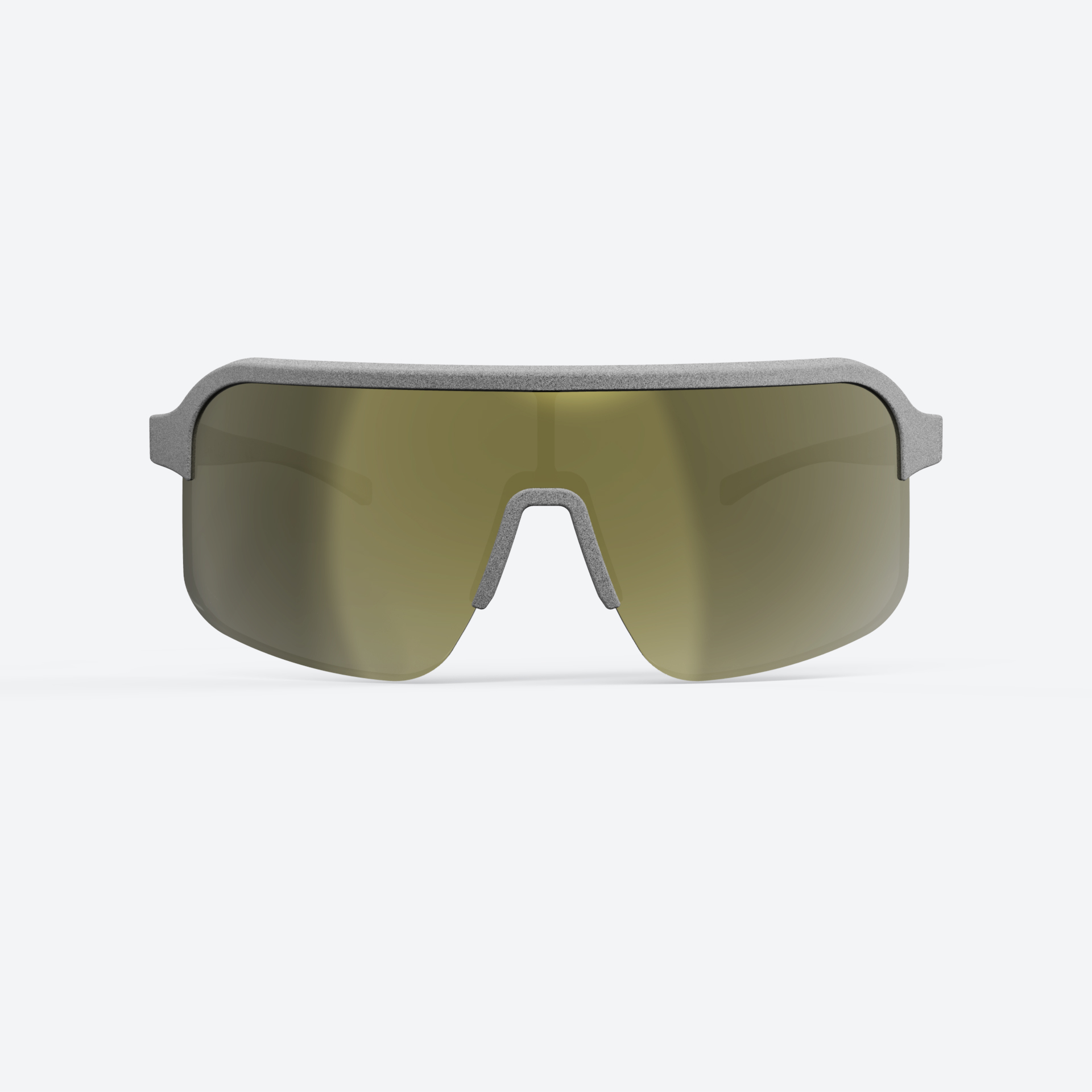
N°4 lite
Developed with Fabian Cancellara. Half-frame for road performance.
6 Color(s)
2 Size(s)
CHF 290.00 – CHF 320.00
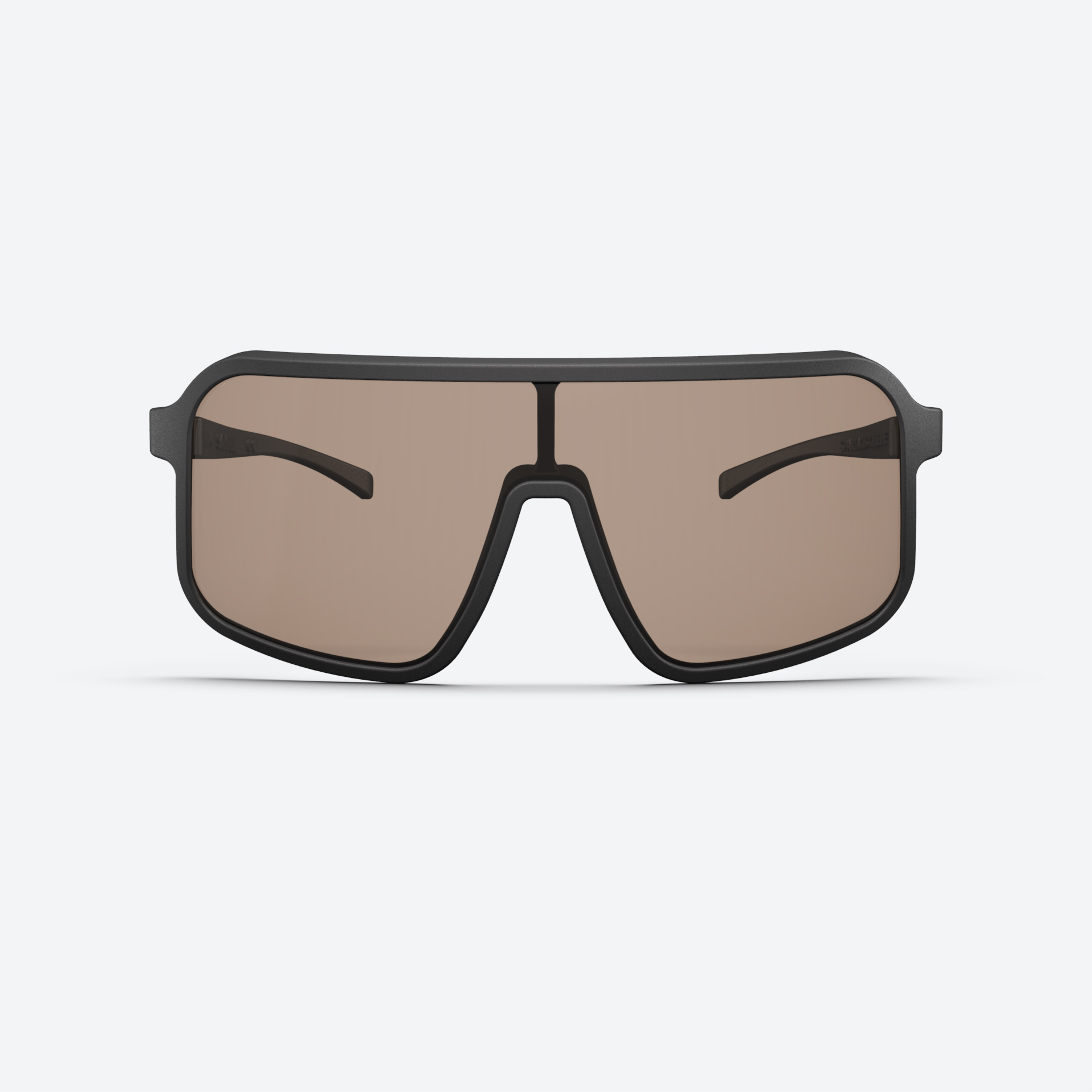
N°4
Developed with Fabian Cancellara. Full-frame with a large field of view.
3 Color(s)
2 Size(s)
CHF 290.00 – CHF 320.00
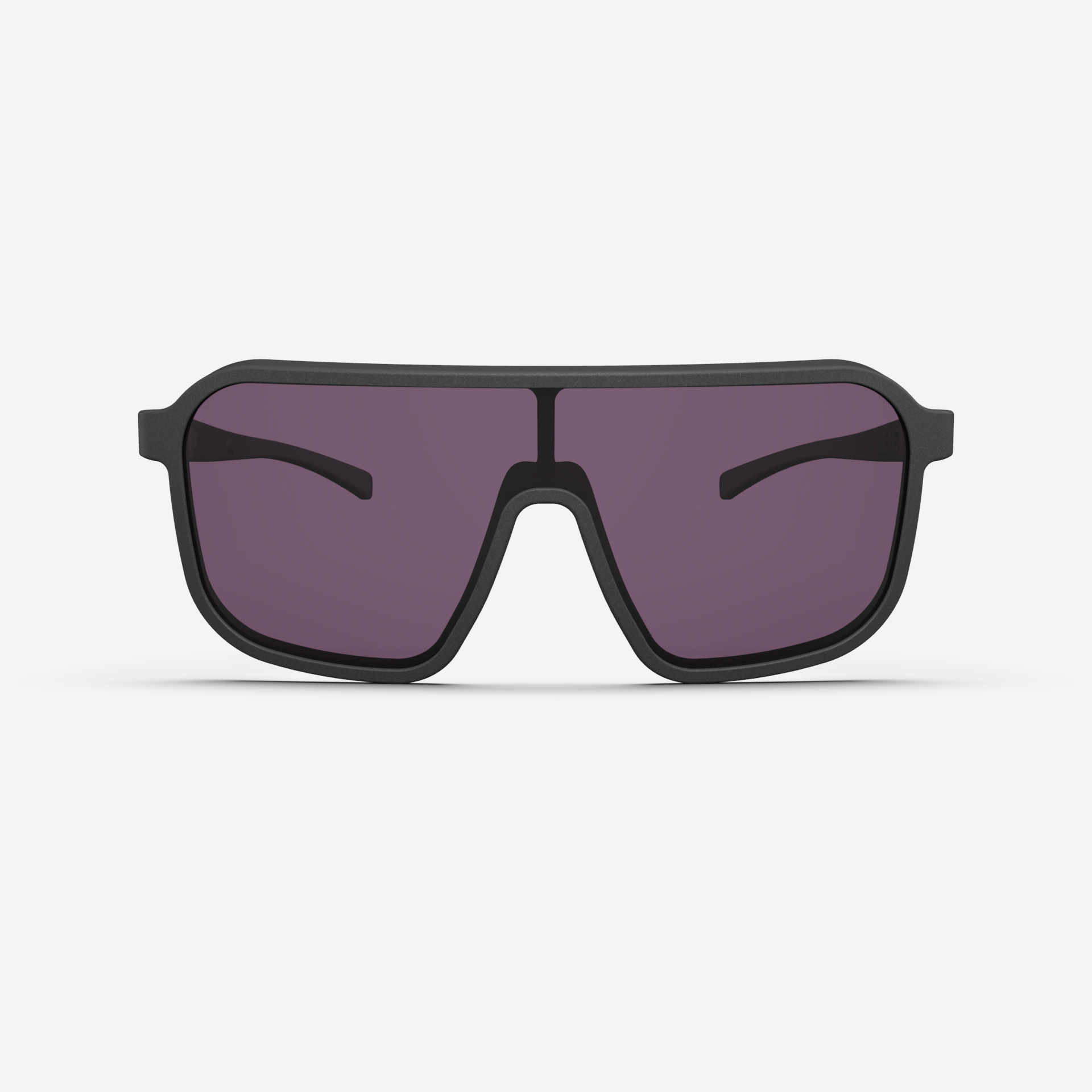
N°1
Ideal for road, gravel, and coffee ride. With a large field of view.
4 Color(s)
2 Size(s)
CHF 290.00 – CHF 320.00
